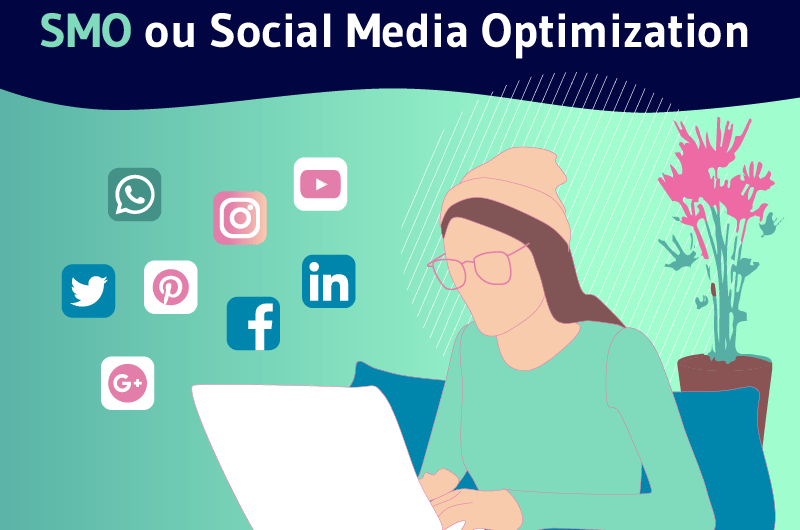Social Media Optimization (SMO) designates an approach consisting in using a set of techniques and specific actions in order to develop the visibility, the image as well as the offer of a company on the media or social networks.
54% of social media users use them to find products. This figure reflects the fact that more and more buyers are joining these media to get opinions and recommendations on products to buy.
So, dominating the search engine results page is not enough for a brand looking to make the most of its relationship with the digital audience. The constant growth of social networks makes them, too, essential to consolidate the online presence of the company.
Therefore, a strategy to promote the company’s brand on these channels can be very useful. This is where Social Media Optimization comes in handy. This concept, when properly applied, can optimize and maximize the impact of social media on your business visibility.
The subject interests you ? This article answers the following questions:
- What is SMO?
- Why invest in social media optimization for your business?
- What are the main techniques to optimize social networks?
- What tools can be used for an SMO strategy?
- What mistakes to avoid to carry out your SMO strategy?
Chapter 1: What is Social Media Optimization?
In this chapter, I give you all the information about what Social Media Optimization really is. You will know what it is, what is its origin and its link with other forms of referencing.
1.1. What is it about ?
SMO (Social Media Optimization) is the acronym used to refer to the concept of social media optimization. The idea is to use these different platforms to increase and consolidate the visibility of your business through specific techniques.
Indeed, the unprecedented growth that social networks have experienced in recent years has meant that platforms like Instagram have 90% of profiles that follow at least one business account.

This finding shows that social networks are now a real asset for companies that know how to use them. We note that more and more companies, aware of the potential of these channels, have already begun to invest in them.
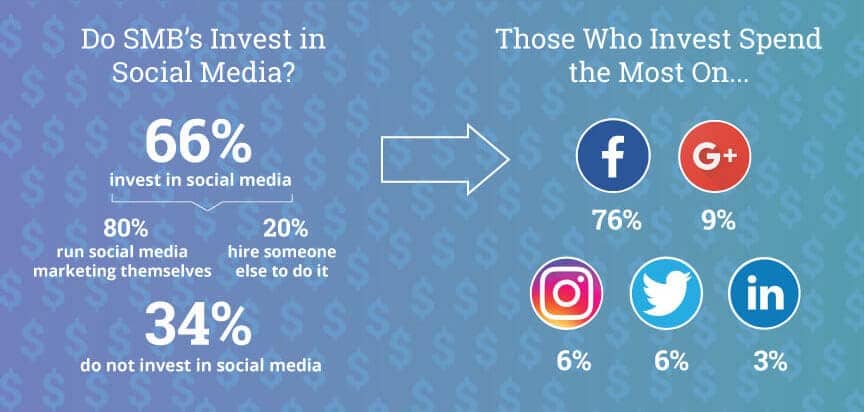
Source : reliantfunding
This growing wave of companies investing in social media prompted Google to adapt its algorithm. Indeed, the engagement of your pages on social networks is an element that can now have an effect on the ranking of your company in search engines.
This means that in addition to traditional SEO techniques, it would also be interesting to create content that earns more comments, likes and shares than its competitors. This is the purpose for which the SMO was developed.
Social media optimization when done right:
- Keeps your brand message consistent across all networks;
- Allows the site to have a better positioning;
- Generates traffic from social sites;
- Increase awareness of you and your brand.
Social Media Optimization (SMO) was first used in 2006 by Rohit Bhargava in his article on the Five Rules of Social Media Optimization. At that time, the main goal was to drive traffic to websites from social networks.
1.2. The link between social networks and Google
To appear on the first pages in search engines (Google, Bing, etc.), is not natural referencingIndeed, Google’s algorithms take into account many signals.
Thus, elements such as the number of subscribers and the level of engagement on your various social networks can be positive signals for Google.

Source : electricenjin
With Google, you are therefore likely to perform better in search if your social media is optimized. It should be noted that the impact of social networks is rather indirect.
By increasing the reach of your content on social networks, you will naturally have traffic on your website. And since traffic is one of the ranking factors, your SEO will logically be improved.
The same goes for backlinks, since if Internet users like your content, they can create backlinks from their website. And an increase in the number of backlinks will certainly earn you a few places in the search engines.
It should also be noted that when you search for an individual or company, social media profiles may appear on the first page of results.
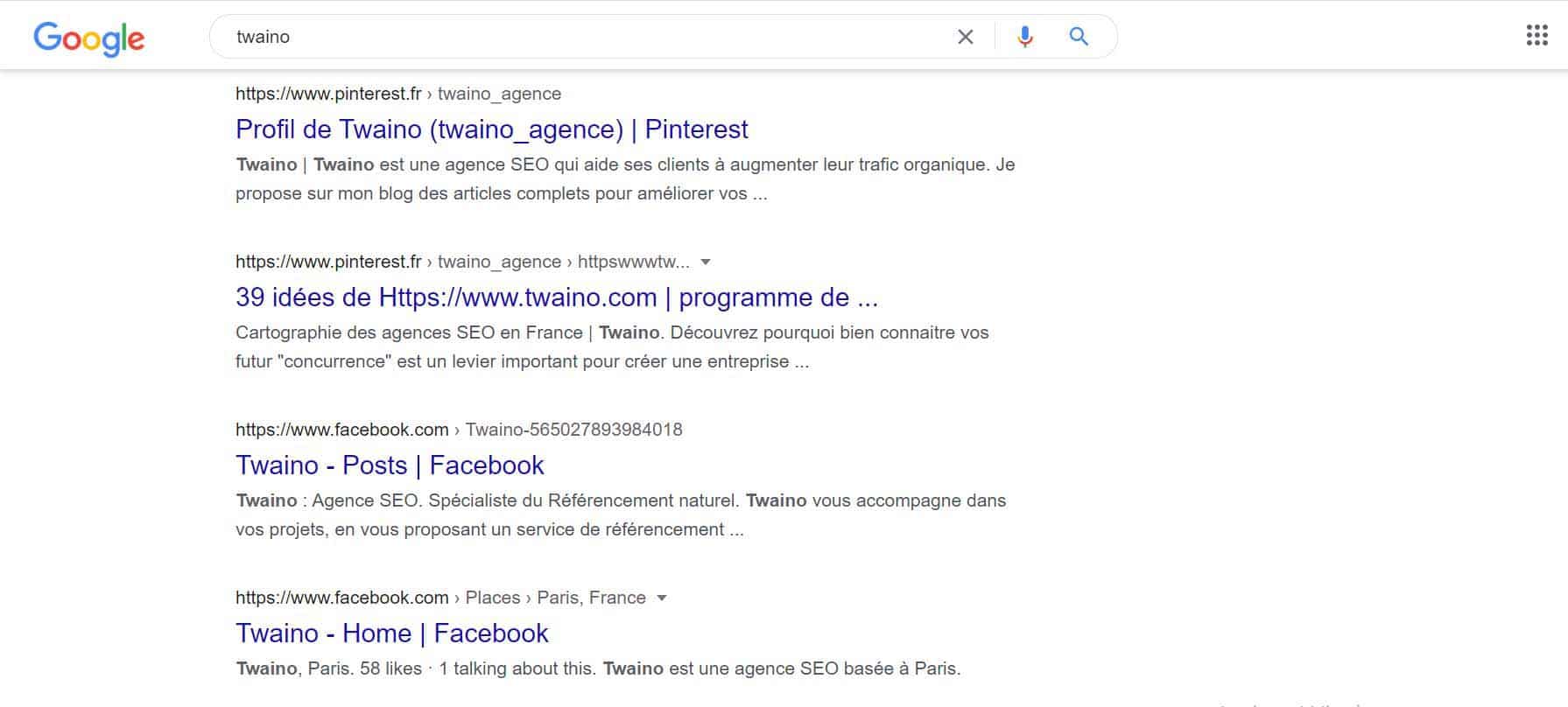
This shows how social media can make it easy for many people to find you in search engines.
1.3. What are the main differences between SMO, SEO, SEA, SEM and SMM?
Several concepts are used when it comes to SEO techniques. I tell you here what each of them actually means so that you can distinguish them from each other.
1.3.1. SEO
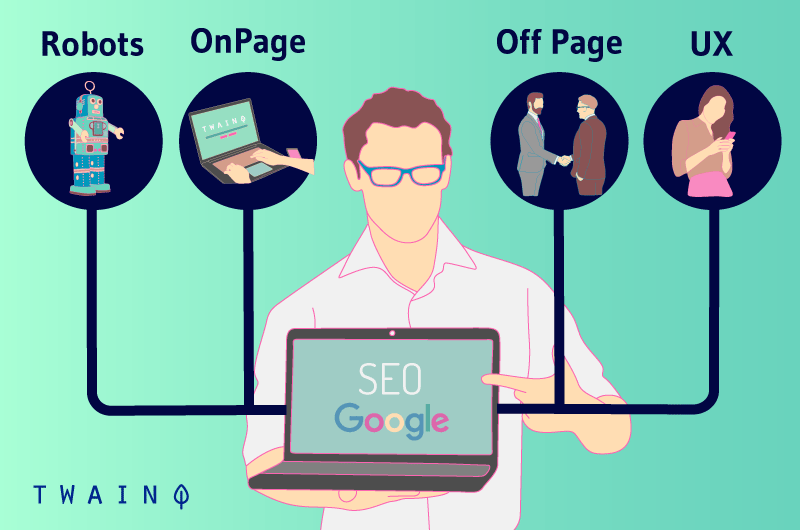
Search Engine Optimization (SEO) refers to all the organic strategies used with the aim of optimizing the ranking of a website at the SERP level, i.e. in the search engine results pages. This concept integrates and aligns with the SMO.
1.3.2. SEA
SEA (Search Engine Advertising) refers to a set of advertising techniques carried out directly on search engines. This type of advertising aims to send traffic to your website very quickly and efficiently, at a cost.
It is different from SEO which sometimes takes a little time to rank a website in the top results in search engines. It should also be noted that you do not pay anything directly to Google for SEO, which is not the case for SEA.
1.3.3. SEM
Search Engine Marketing (SEM) has a broader scope than SEO. It includes all the paid or organic techniques used to have good results in search engines.
Although it may sound similar to SEO, the concept has fundamental differences. While natural referencing focuses on optimizing a website organically, SEM can include practices such as Google Ads campaigns, sponsored links or even SMO.
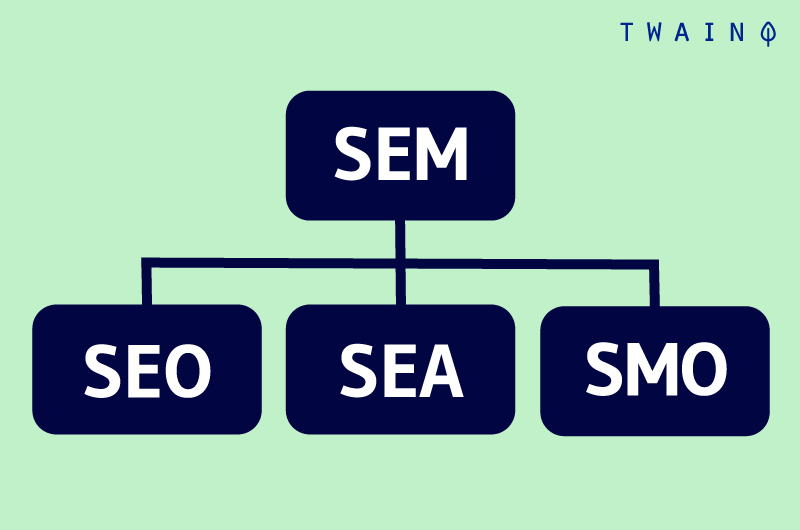
1.3.4. SMM
Social Media Marketing (SMM) has a broader scope than the techniques used by the SMO. Indeed, the SMM is a concept that takes into account all marketing actions targeting social networks, whether organic or paid.
The idea is to look for ways to put the brand in a position that generates:
- Commitment;
- Relationships ;
- Business opportunities.
1.4. What is the impact of SMO on SEO referencing?
Although no one really knows how much different factors affect a website’s Google ranking position, it has become clear that social signals indirectly affect SEO rankings.
In fact, in 2010, retweets on Twitter were even described as a “ new form of link building . More recently, another study that was conducted concluded that having a greater presence on social media leads to gaining a higher position on the SERPs.
In fact, to see the impact of SMO on SEO, just Google a popular brand name. It is more than likely that their Twitter or Facebook account is in the top 5 results.
Likewise, if you are spending time and money on SMO, directing people to your website from social media, or trying to get links from other businesses through these platforms, then it is important that you have a high quality website.
Attracting visitors to a website with a poor user experience will simply result in a high bounce rate (single page visits). The usability of a website is part of SEO. Therefore, it is clear that SMO can also be impacted by SEO.
In short, SEO and SMO both operate in different spheres, but they impact each other.
Chapter 2: Why Invest in Social Media Optimization?
In this chapter, I detail the various reasons why your business should invest in social media optimization.
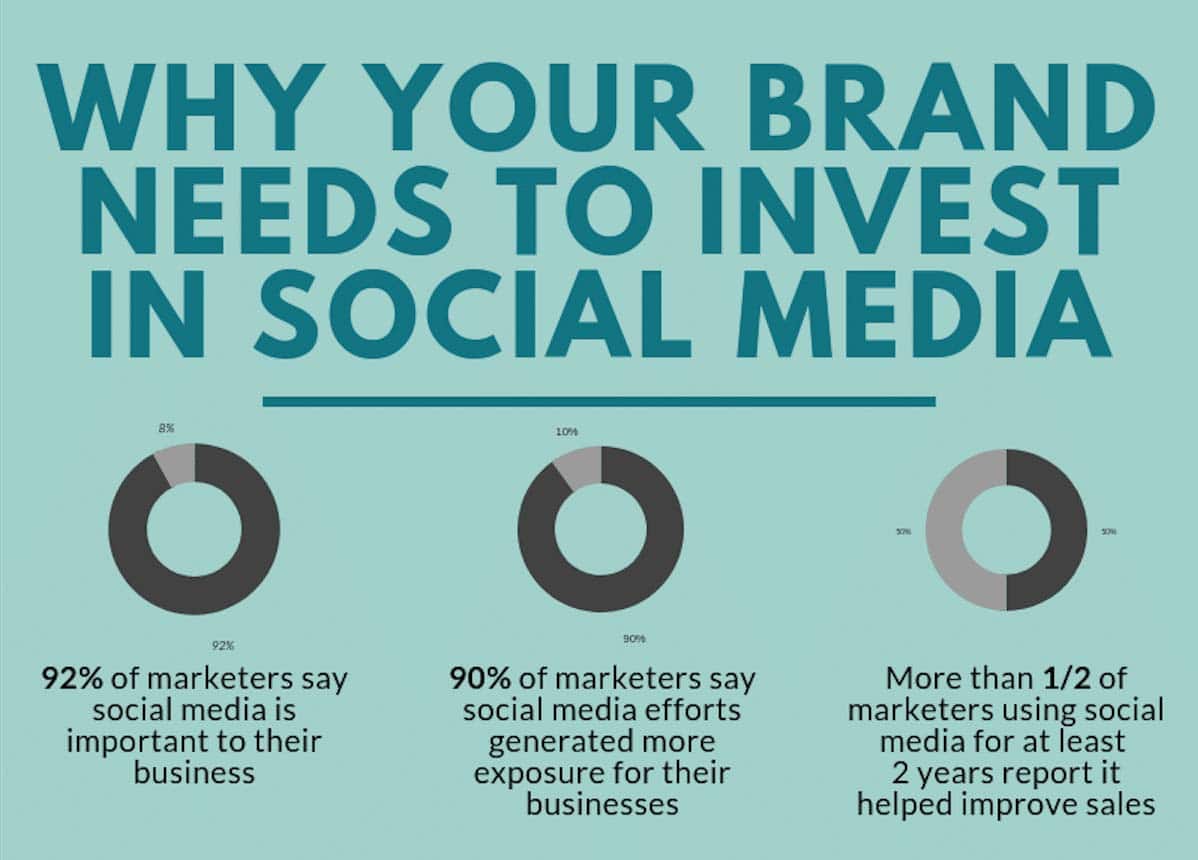
Source : threegirlsmedia
2.1. Increase Company Visibility
The best tip for increasing your brand visibility is frequent use of social media. In order to be able to effectively sell products, gain followers or influence your readers, it is important that they know who you are in the first place.
While it’s a great idea to use social media for branding, investing your time in platforms relevant to your business is a must.
By finding platforms that support your brand image and taking into consideration the factors of each platform, you can easily target your audience. Today, many social media exist:
It is probably the best platform to promote any brand image. With a very large user base, you can’t really go wrong promoting your brand on this channel.
- Instagram and Pinterest
are great options for brands that rely heavily on images such as clothing brands and other retailers. These platforms are also important for targeting young adults.
This is a network created for professionals. It is a great platform for networking and is mostly made up of business related content. It is really useful for collaboration with business influencers.
This is a less formal way to communicate and promote your brand image. With only a 140 character limit, it’s a great way to send short, catchy messages.
In addition to these different social networks, there are others that you can also use for branding your business.
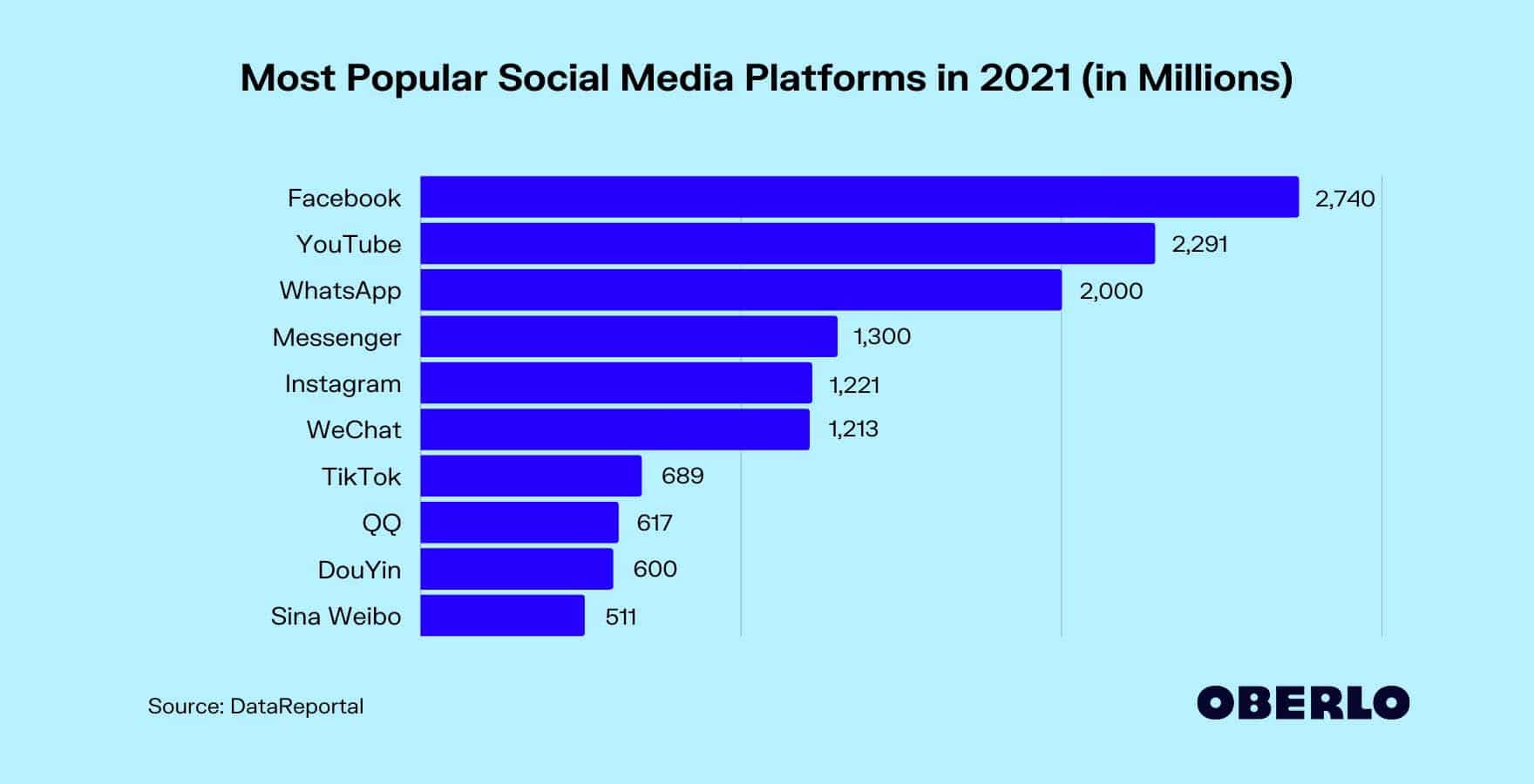
Source : Oberlo
Every piece of content you share should support your brand image. It will be important to set your tone and personality and stick to it.
2.2. Interact with the target audience
The main purpose of social media for a company is to create an environment where it can interact with its customers. This contributes to the creation of a community. Being present on these channels has the advantage of allowing you to be in contact with your audience and share your news with them.
In addition, through its platforms, you can have comments from certain customers on your various products. This will help you better understand the expectations of your target audience and improve yourself later.
Today, many people regularly consult a company’s social networks before buying. Therefore, if your business uses none, consumers are likely to favor one of your competitors.
Digital communication is essential if you want to promote your business.

Source : daniloduchesnes
While search engines remain the preferred way to find information about your products or services, social media have an impact on the purchasing decision. Like it or not, social networks are a permanent point of contact between you and your customers.
The advantage of having optimized social networks is that you can also ensure quality customer service. Since you have a team dedicated to managing your social media, customers can easily write to you for a variety of reasons.
The time you will take to respond, for example, to a short message from a client on Instagram will obviously be less long than to respond to emails. The ability to respond quickly and in real time prevents potential customers from going to competitors.
2.3. Mobile Access
A significant portion of social media users access the social media platforms they use through phones or other mobile devices. It is estimated that approximately 91% of social media hits come from mobile devices.
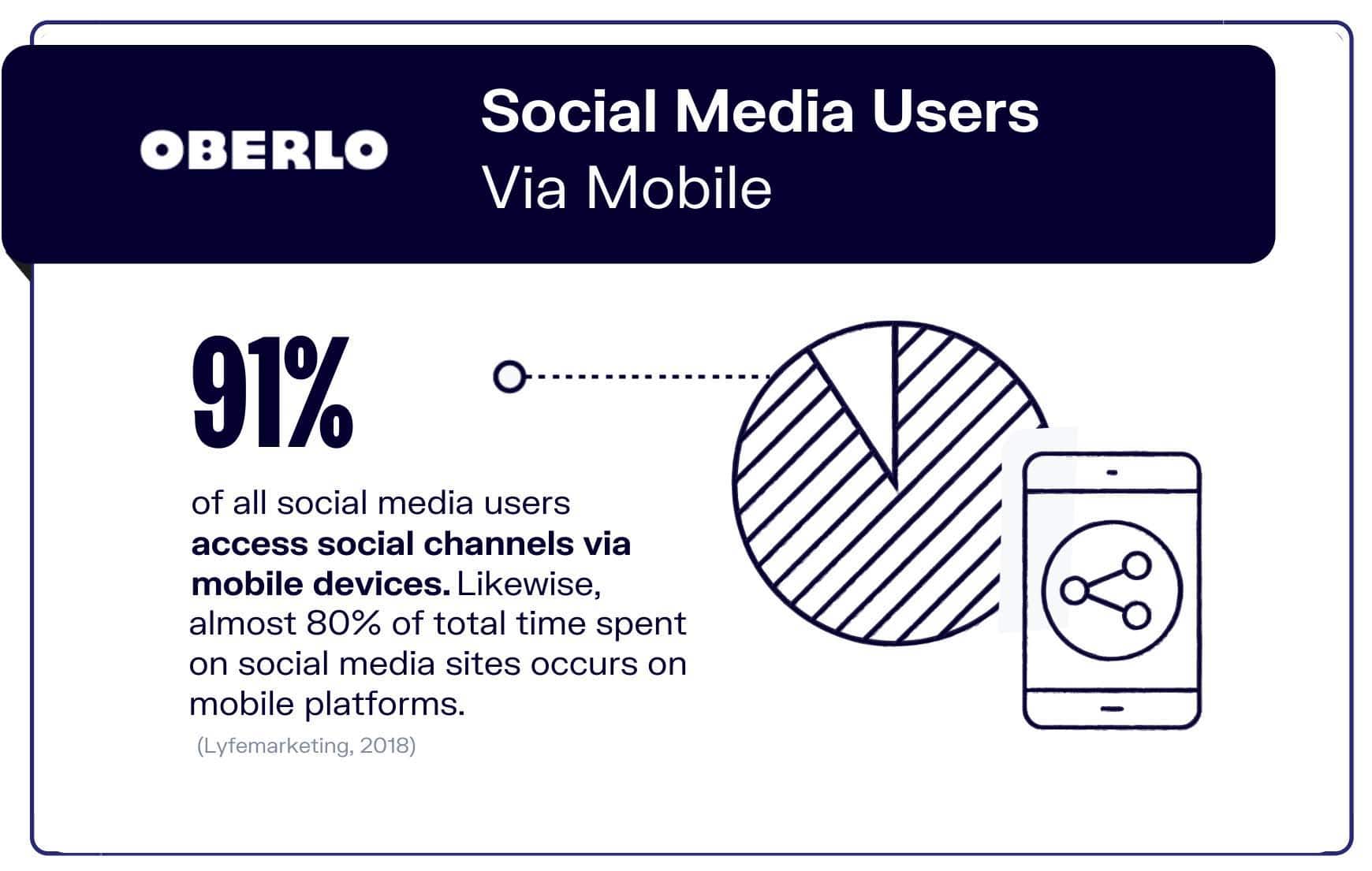
Source : Oberlo
This provides an easy entry point for mobile advertising, as different ads can be served to both mobile users and users accessing social media sites from a computer.
A significant number of users frequent social media sites every day. So, targeting mobile users through paid social advertising is a great way to launch a dedicated mobile ad campaign.
2.4. Boosting Backlinks
The fact that Google Analytics has an explicit social traffic metric is just another clue to the importance of social media.
Your various social channels provide new opportunities for people to land on your site and link to your content. Social analytics such as those provided by Facebook Insights can provide invaluable data about your target audience.
From uncovering demographics you didn’t know were relevant to your business, to determining what content performs best, this data is critical to building future campaigns.
2.5. Getting a return on investment
The buzz about social ads over the past few years is more than just hype. Facebook (and subsequently Instagram) have invested heavily in making their advertising platform incredibly robust in terms of audience targeting.
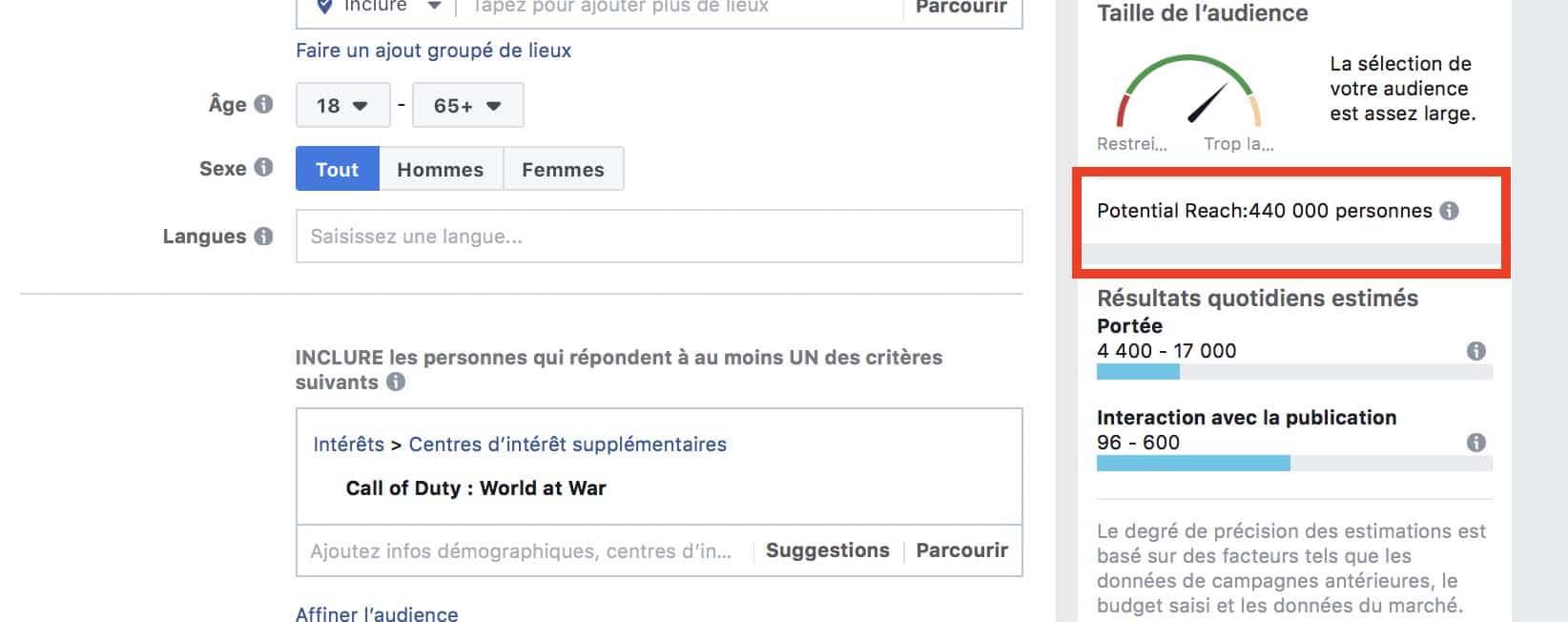
Source : Webmarketing-com
Want to tackle bounce traffic that didn’t lead to a sale? Looking to target people based on their behaviors and interests on Facebook?
You can do all of this with SMO to make sure your ads target exactly who you want. In the end, you can have lots of clicks, lots of people converting, and definitely a good return on your investment. SMO allows you to achieve great results by creating and distributing content across multiple channels.
2.6. Use Influencer
Marketing Influencer marketing has become an essential part of doing business, giving brands a more authentic way to show off their products. And there’s no better place to find influencers of all shapes and sizes than social media.
Influencer marketing is done almost exclusively through social media and represents a kind of new wave of social commerce.
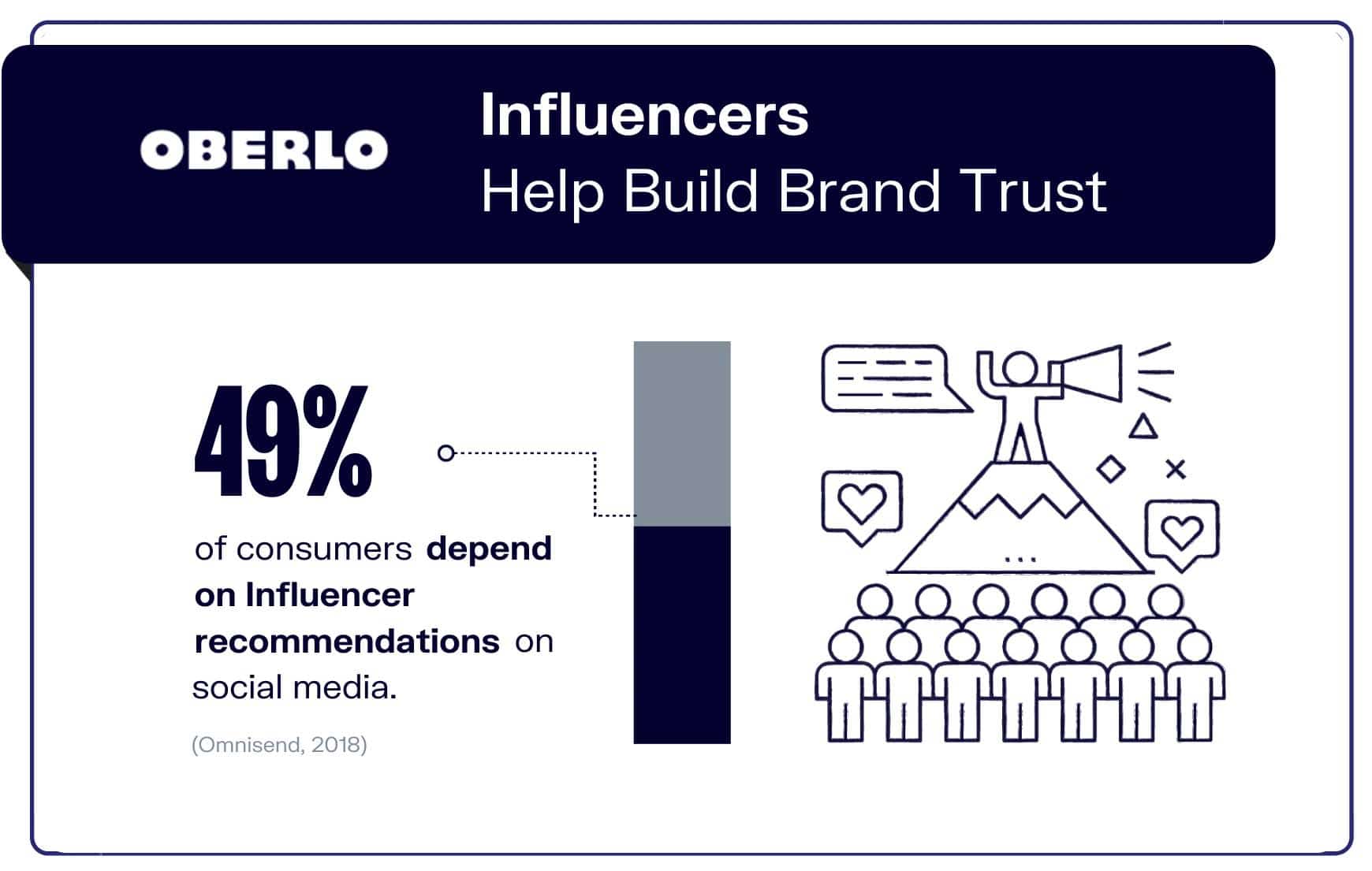
Source : Oberlo
Influencer marketing has taken on an increasingly high proportion for nearly five years. This is obviously only possible with social networks that have many users around the world.
2.7. Track Your Competitors Tracking your competitors
is important in business. Keeping track of your competitors is a great way to gain a new perspective or angle on how you deliver your content and how you expose your offer.
Keeping an eye on your competitors is also useful for knowing what is happening in your field. You will be able to update yourself like all the others so as not to be left out of the new tricks. This opens new doors to new content that you could possibly write about along with other sources of possible ideas that flow from it.
Finally, by following your competitors on social networks, you have the advantage of seeing how their customers react compared to yours, and on which publications your competitors generate the most interactions.
Basically, social media has many benefits for your business. Whether it’s improving your ranking in search engines or increasing your sales, they are majorassets should thatbe used.
It should be noted that SMO is a technique that generally costs less than other forms of SEO in terms of both money and time. In order to get the most out of social networks, you need to put in place a strategy for their optimization.
Chapter 3: What are the main social media optimization techniques?
As you can probably imagine, it’s pointless to understand the whole theory of SMO without knowing the best techniques for applying it. Below I give you the techniques and strategies that yield the best results for social media optimization.
3.1. Finding the Optimal Posting Frequency
Before you start optimizing your company’s social media, you first need to define them. Indeed, the first work to be done is to choose the different social networks on which you want to develop your brand image.
While all channels are important, there are certain networks that should be prioritized based on the type of business you run.
Afterwards, it’s no secret that knowing the right frequency of posting on your social media profiles is essential for an effective strategy. Posting too many posts can tire your audience, while a low volume of posts can make you forget.
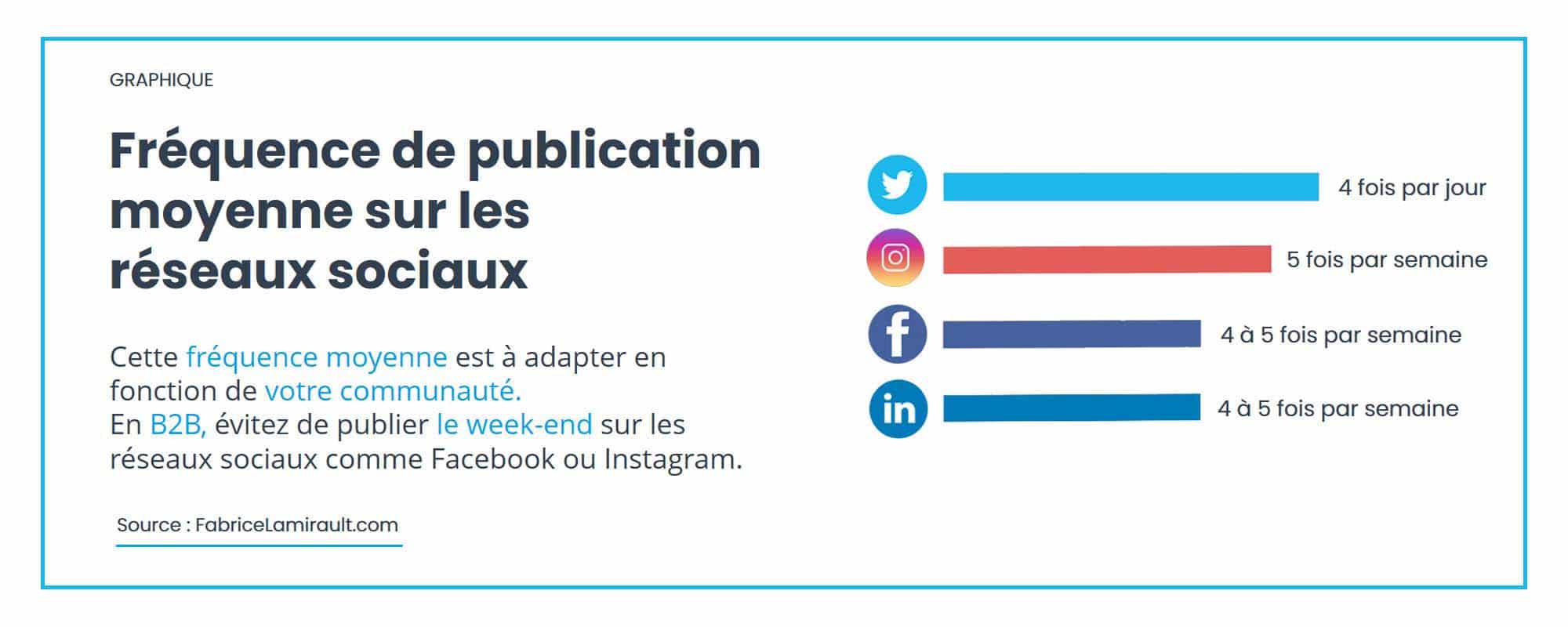
Source : Fabricelamirault
It is a bit complicated to find the perfect balance between too many or too few publications. Therefore, there is only one solution: to carry out tests and more tests.
To carry out these experiments, you can adopt the following strategy: first, for each network you test, schedule your publications with a predetermined frequency, for example every 24 hours.
Maintain this frequency for a week, during which you should closely monitor your metrics, such as likes, engagement level, and clicks. The following week, reduce your frequency and continue to follow the numbers.
Do this week after week until you have enough data to compare and find out which frequency of posting has maximized your results the most. You’ll better understand your audience’s behavior and identify the frequency levels that drive the most positive results.
3.2. Finding the best time to post
In addition to determining the optimal posting frequency, you should try to find the best days and times to post on each social media channel. You can follow a strategy similar to the one you used to identify ideal posting regularity.

Source : webmarketing-conseil
To start, you must create a list of all your old publications. Add the main metrics for them and the date and time of each. When evaluating this list, you should be able to identify related trends at the time of publication.
If you notice that 7 of your top 10 most liked posts on Facebook were posted between 1:00 p.m. and 2:00 p.m., that’s a good indication of the best times to post your content.
3.3. Reusing content strategically
Doing social media optimization also means being smart with your social media content. the content shock concept showed that creating quality content to post on your channels is an increasingly difficult task.
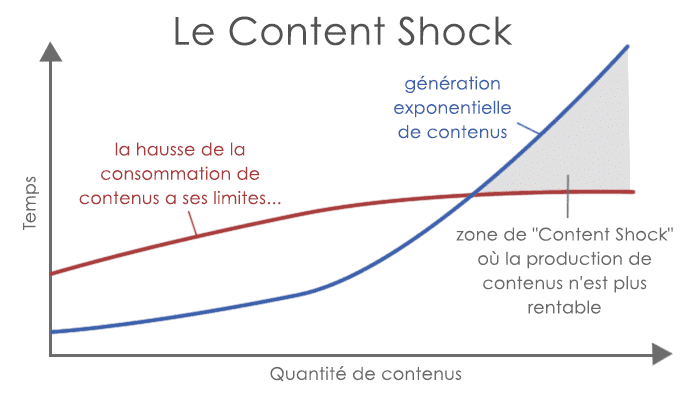
Source : Visionarymarketing
This happens because only with truly sensational content will you get the same feedback you had with good content a few years ago. However, it is almost impossible to create great content every day while maintaining the desired level of frequency.
So you need to reuse your content intelligently.
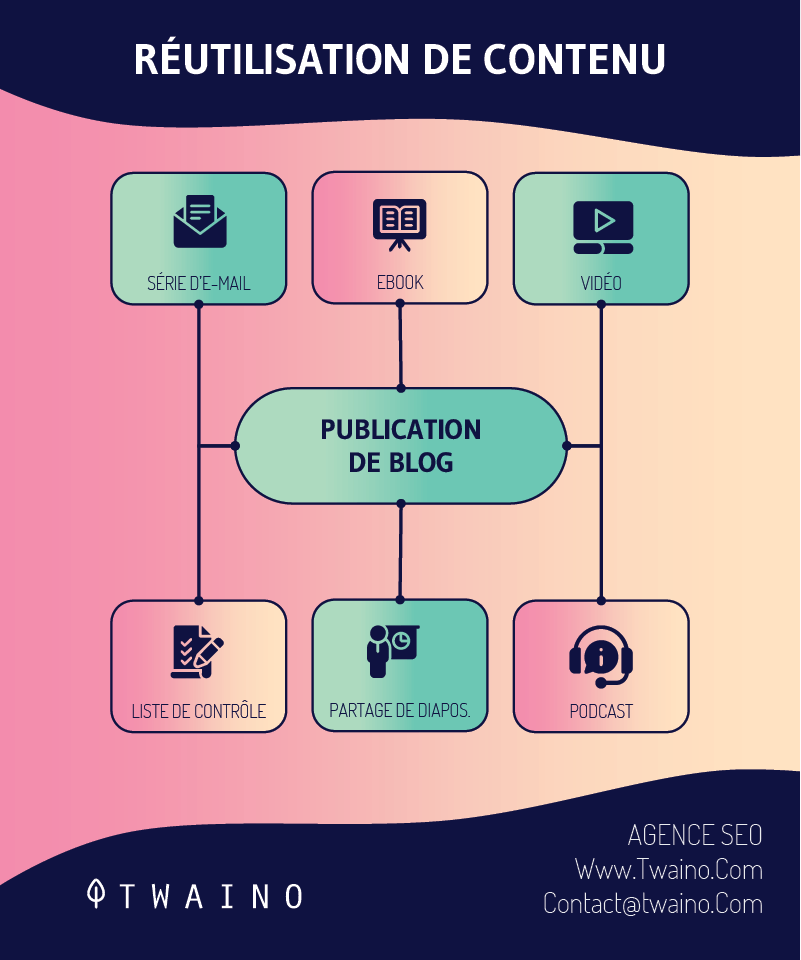
An article that you’ve put a lot of time and research into can be used as the basis for creating content in other formats, such as infographics, webinars, and e-books, for example:
- Des infographies ;
- Des webinaires ;
- Des livres électroniques ;
- Podcast ;
- Liste de contrôle ;
- Etc.
This way, you better distribute the focus of your content.
3.4. Integrating Social Media with Other Marketing Channels Integrating your social media with other channels
is fundamental to success. And speaking of other channels, it shouldn’t be limited to your blog or website. You will increase your open and conversion rate by incorporating a button linking your social media channels to your emails.
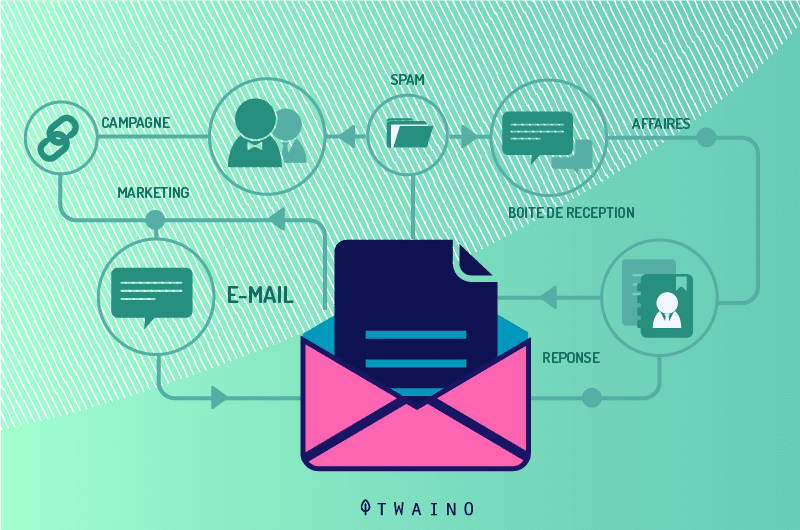
Also, it will make it clear to your contacts that there are other places on the web where they can engage with you. Your only objective is to obtain the contact details of the prospect.
3.5. Create Engaging Content
You need to actively engage with your audience. This can include comments, mentions, shares or likes. You need to target networks to interact with and make it easy for people to interact.
Asking users to create accounts on your site usually discourages them from commenting. So use existing social logins like LinkedIn or tools like Disqus.
You can also encourage people to engage with a call to action, for example: if you find this article useful, please share it.
3.6. Have optimized content on your pages
Optimized content takes into account several details including:
- Sharing buttons : Users share your content more easily when you add specific buttons dedicated to this purpose.
- Social icons : Group and display your social icons in a prominent place on your site.
- Subscription options: Bundle subscription options such as email, RSS, and newsletters.
- Shareable content : Some content is more easily shareable, such as infographics, videos, or articles in list form.
- Social Login : Use social login options to allow users to comment easily.
- Rich snippets : Social networks extract data designed to summarize the content of a page. These are very useful for users. Different social networks pull this data in different ways.
- Title tags: Optimize your title tags for sharing, especially on Twitter where there is a character limit, and include your name.
- Pictures : They really say more than a thousand words. Include images that add value and include an image that can be used as a thumbnail for your content.
Furthermore, Joshua Berg as one of the main advocates of SMO has promoted a seven-step model for good SMO.

Source : scion-social
For the latter, there are seven keys to having optimal Social Media Optimization. These are:
- Reputation : Reputation allows you to become a referral source that inspires trust among social media users.
- Engagement : encourage more engagement, sharing and reciprocity.
- Authority : in your sector, it is important that you are a must and an expert in your field in the eyes of users.
- Leadership : Harnessing originality and creativity, being a thought leader.
- Social : Being sociable, chatting and answering questions.
- Media : know your social media platforms to maximize your influence.
- Optimization phase : using certain specific techniques to improve the quality of the content offered.
With the above steps, you will be able to track your SMO strategy and check if it is performing as expected. These steps can therefore help you plan and monitor and evaluate your SMO technique.
3.7.easy to share content
This method of SMO involves adding share and social link buttons to your website and blog to encourage sharing, recommending, or bookmarking.
3.8. Reward loyal followers
Reward your loyal followers with a “thank you,” a follow, or even an occasional contest prize. By letting them know that you appreciate their support, you will gain a loyal follower for life.
Chapter 4: What Types of Content Work Effectively on Social Media?
We will see in this chapter 9 types of publications to consider:
4.1. Images
Whether a travel blogger or a fashion blogger, he appeals to his audience more by telling stories through a series of attractive images rather than just text.

Instagram offers this possibility, which is why today it has become a leading social media platform for bloggers from all sectors. Moreover, with the hashtag function, you can offer the audience exactly the content they are interested in.
4.2. Videos for more engagements
Video posts are even more eye-catching on Facebook these days. Facebook’s autoplay feature takes user interaction to another level by allowing them to visualize.

the video you post, you can inspire the audience and let them know what services you provide and how those services will help them. . The impact a video can have on a user is quite significant.
This is probably why YouTube has become the new TV for millions of people around the world. The number of views for each viral video is increasing day by day.
4.3. GIFs to get a message
across If images don’t convey your brand’s services or message to the audience, GIFs are the best way to do it. With GIFs, there is an instant connection between the audience and the brand on an emotional level.
Post GIFs to let the public know that the brand has a fun side too, as humorous content is always appreciated by most people.
4.4. Opinion polls for your audience
A simple ‘yes’ or ‘no’ poll can be a good start. As the number of responses grows, you can additionally ask for suggestions and ideas on what the audience likes, or what interests them.
Whether it’s a Twitter poll or a Facebook poll, the question asked must be compelling enough to grab the audience’s attention.
4.5. Infographics for informative content
Infographic images are used when you have a lot of visual content that you want to share as an image or if the information consists of various visual elements that need to be explained.

Infographics are also used to list various items or simply compare things with different perspectives. An infographic can make an impression just by a glance.
4.6. An image album for large images
Publishing images in an album is a good practice that you can adopt. But remember that the images you upload to the album should be ordered intelligently.
This will make viewers instantly want to see all of the images.
4.7. Blog posts to share ideas
Owning a blog is essential for any business that wants to share ideas, perspectives and strategies. Give the audience what they want and they will surely like it.
Have articles with always relevant topics in your blog and give the public the best tips so that they come back to you. In particular, create a great thumbnail as well as a captivating title for your article to entice the audience to click on it and read it.
4.8. Carousel images to increase curiosity
Creating carousel images with a sequential connection is paramount. Create a set of photos and show them to the public.
These can be images: of a portfolio, of a process, of products or of the various services that you offer with streaming images.
Accompany them with different links to your articles that go deeper into the subject. These types of posts generate more traffic and you will inevitably get a better result.
4.9. Slideshows from videos for maximum engagement
Videos are getting a lot of attention these days. You can create slideshows as text or images. Then you can choose a few images and produce a video that can impact your audience.
To promote your content through a slideshow, create a brand story and promote it through engaging videos.
Now, let’s take a look at some of the tools needed to automate your SMO activities.
Chapter 5: Some SMO tools
In order to carry out your Social Media Optimization strategy, it is important to have certain resources. In this chapter, I provide you with a list of social media optimization tools for your business.
5.1. HootSuite
Hootsuite is enterprise-grade Social Media Marketing software with an active user base of over 10 million professionals worldwide.
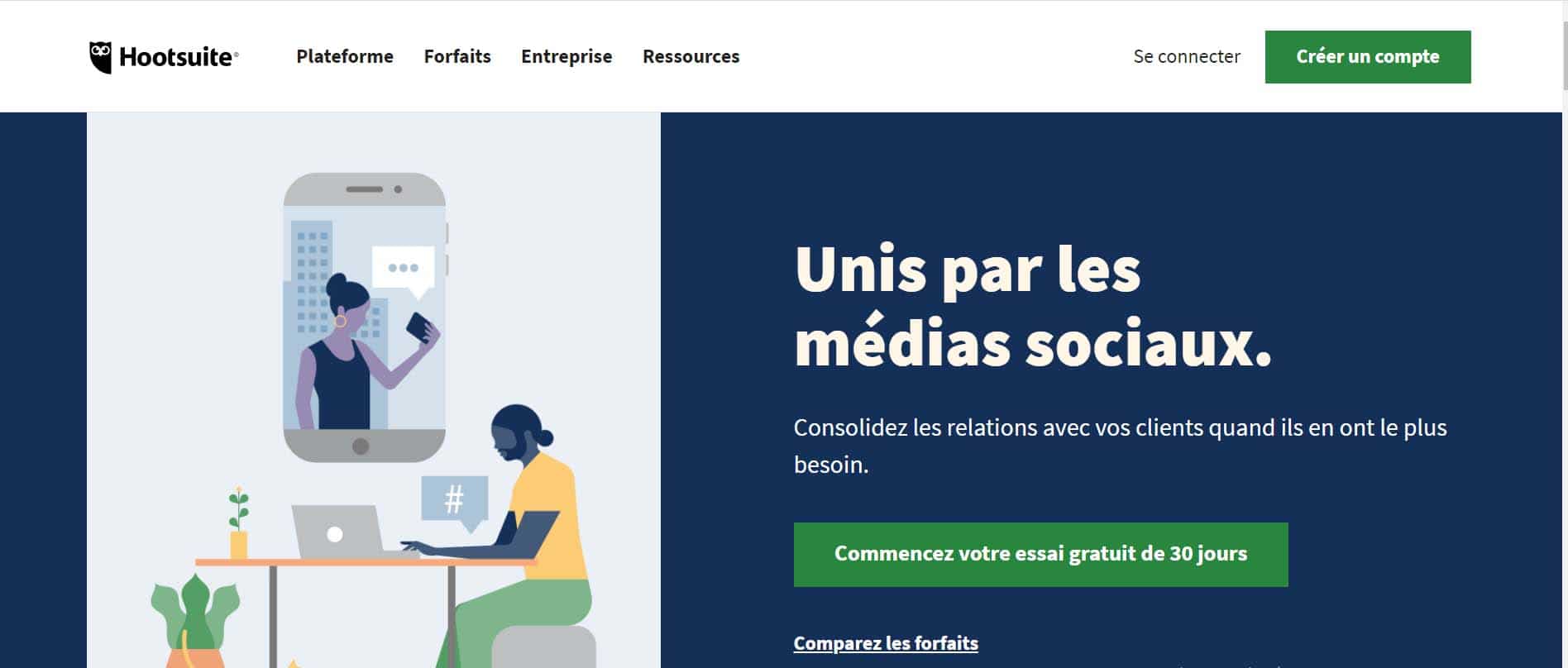
You can not only create, organize, share and schedule your campaigns on different social media platforms from the Hootsuite dashboard, but you also have the option to analyze them at the end.
Additionally, Hootsuite gives subscribers access to its team management tools where you and your team can create and manage your SMM campaigns in real time. Hootsuite reports are accurate when it comes to data and performance metrics.
These reports can be downloaded seamlessly and the app version of this SMO tool is available on iOS/Android platforms and has already hit 7 million downloads in 196 countries.
5.2. AgoraPulse
Agorapulse lets you manage all your social media channels from a single dashboard.

It offers three models of its analytics software:
- For agencies;
- For small businesses;
- For big brands.
Also, it provides a unique inbox feature which basically informs you which tweet you have replied to or which post has been commented on.
Social media optimization just got easier with Agora Pulse. In addition, this SMO analysis tool provides amazing reports all embellished, slide by slide, in a neatly packaged PowerPoint.
5.3. SocialOomph
This is one of the least evolved SMO tools, in terms of functionality, over the years.
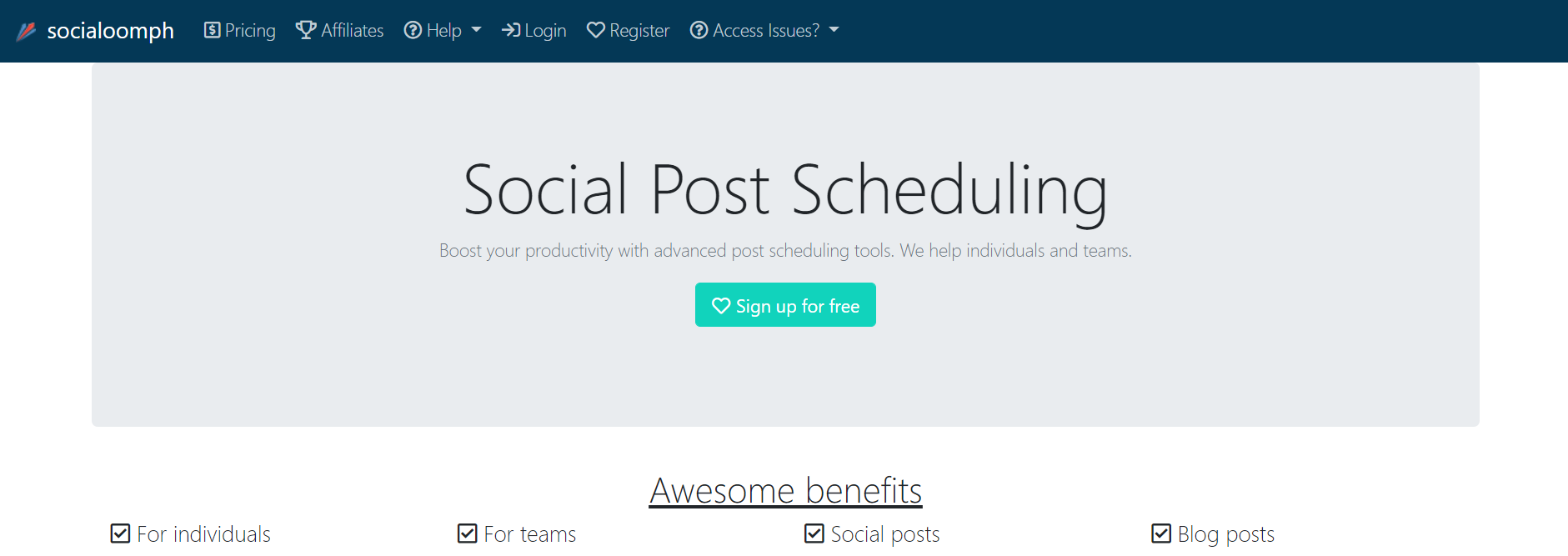
However, it retains its efficiency and accuracy when it comes to automating Twitter and Facebook posts to a number of accounts for long durations. SocialOomph remains, to this day, one of the most effective free social media management tools.
5.4. Everypost
In the rapidly changing landscape of social media marketing, the task of social media optimization is not limited to working on desktop computers.
Today, most of the marketers are getting more and more accustomed to using mobile apps for SMO, which allows them to seamlessly access the various social media accounts of their clients and perform all the tasks:
- Publishing;
- Planning ;
- Surveillance ;
- To analyse ;
- Campaign reporting.
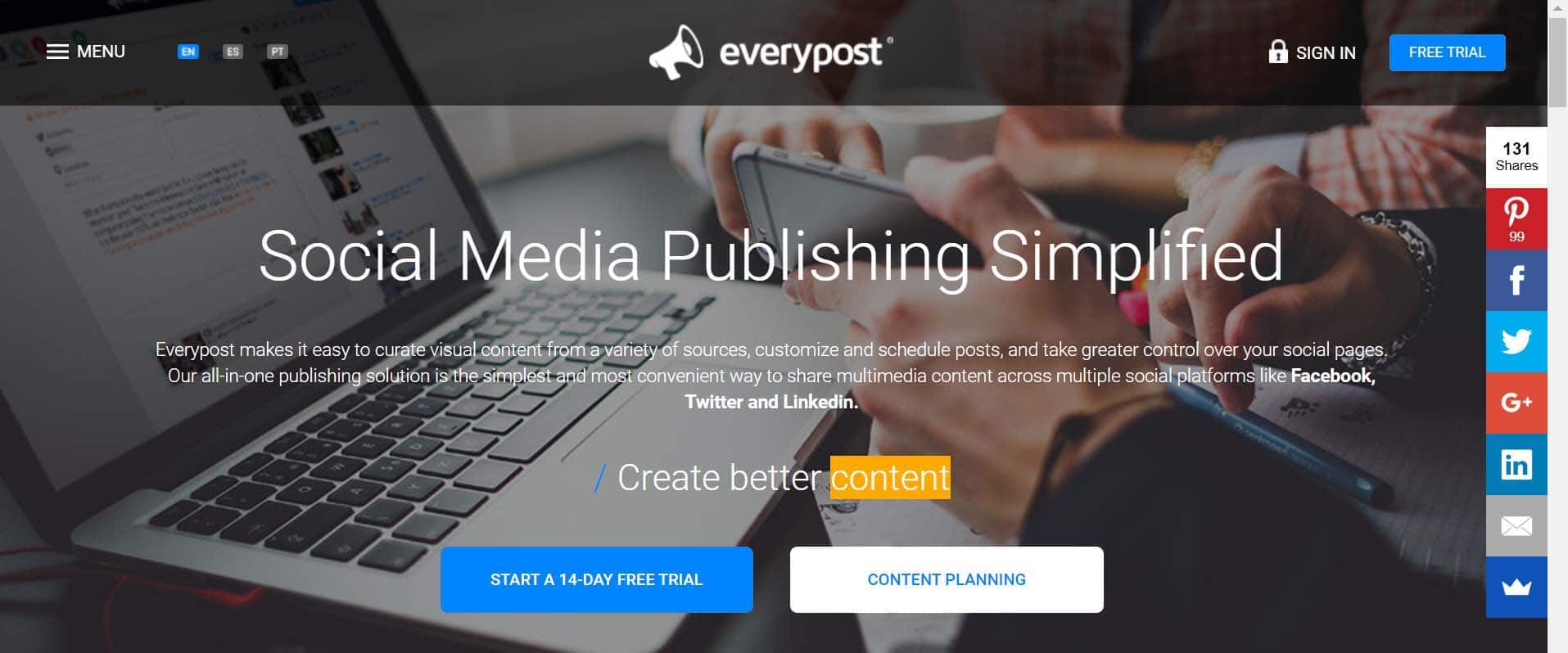
Everypost is designed to keep modern marketers on the move. This is because the app lets you organize content, customize content, and schedule content.
In addition to this, the app allows its users to share content seamlessly on major social media platforms:
- Facebook;
- Twitter;
- LinkedIn;
- Instagram;
- Pinterest;
- tumblr;
- Etc.
The Everypost app is available on the iOS and Android app market.
5.5. SocialFlow
Social media managers have to juggle paid social media campaigns. For them, time management is a major concern.
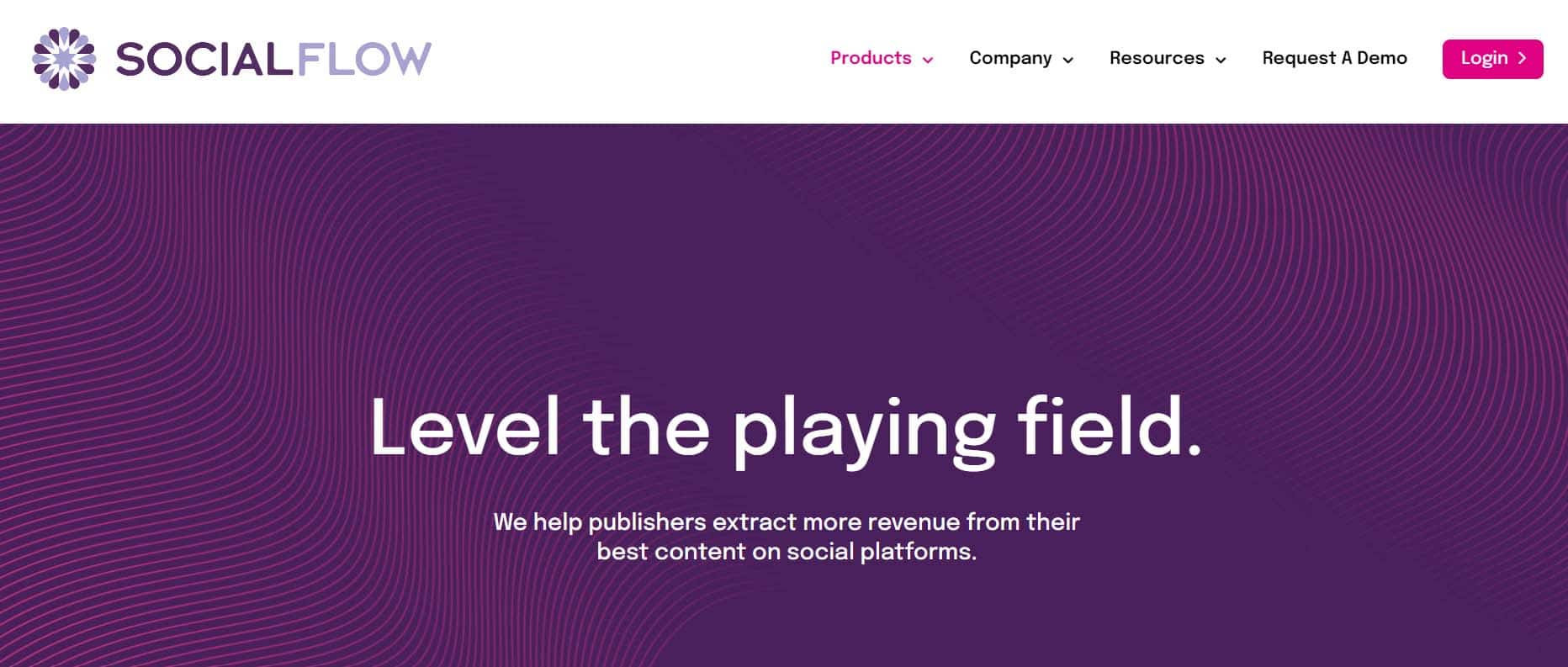
SocialFlow comes to the rescue by giving SMO specialists specific tweet recommendations that they can repost, reshare or retweet to build an active follower base.
Additionally, a SocialFlow user can use the tool to analyze campaigns using the keywords and hashtags used. In short, SocialFlow helps boost engagement with social media campaigns in addition to facilitating social media optimization.
5.6. Tweepi
Tweepi, as its name suggests, is a Twitter management tool. It helps you manage your Twitter profile(s). This is by far the best Twitter management tool you will come across.
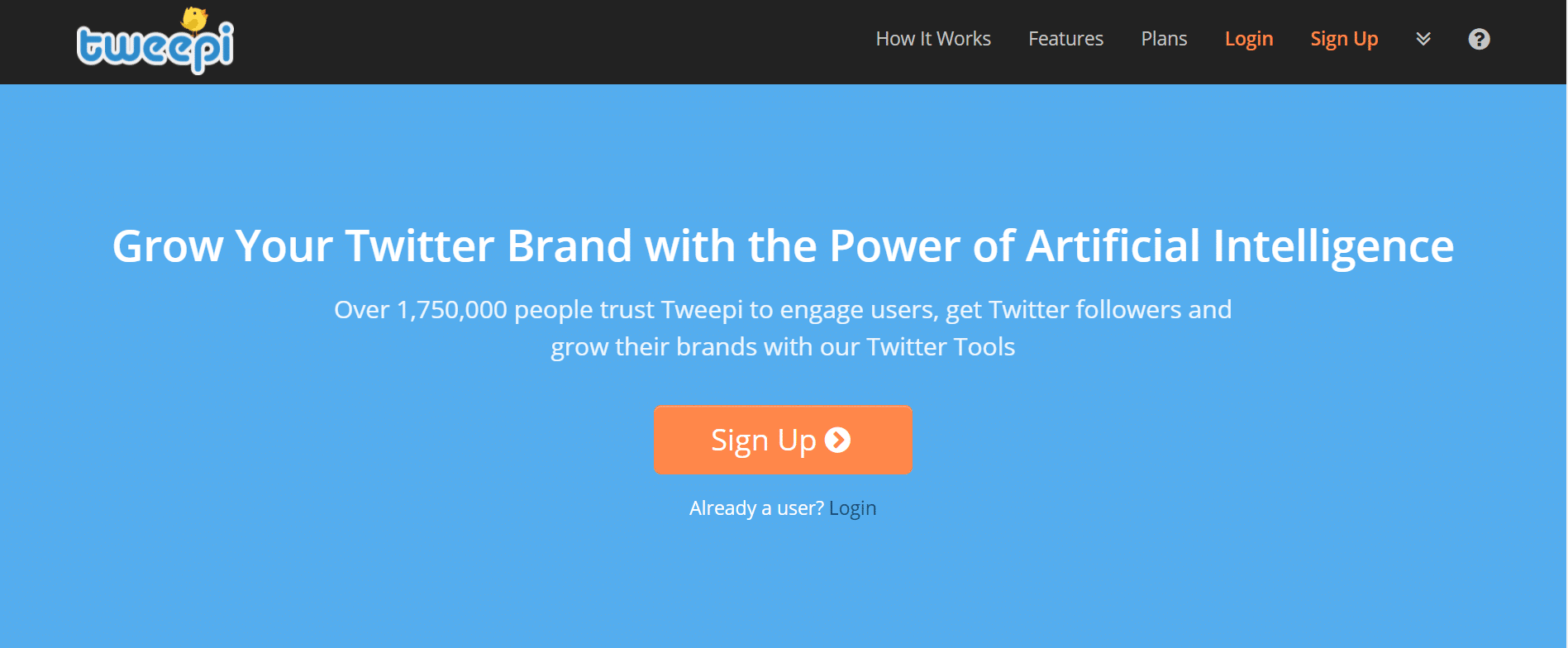
If building your brand on Twitter is what matters most to you, Tweepi has the complete package for you. All you need to do is set up your Twitter account on Tweepi with #hashtags and @users that match your niche needs.
Tweepi’s AI (Artificial Intelligence) finds the best tweets you can create to attract social network users. It also suggests users that you can follow on your account. This will build your follower feed faster.
Besides, monitoring your tweets, retweets, @mentions, DM is also supported by Tweepi.
All you have to do is spend less than an hour every day with this social media management software.
5.7. Buffer
Communication on social networks should not be one-way. If you don’t communicate with the respondents of your publications, their interests will die out. All your work would be in vain.
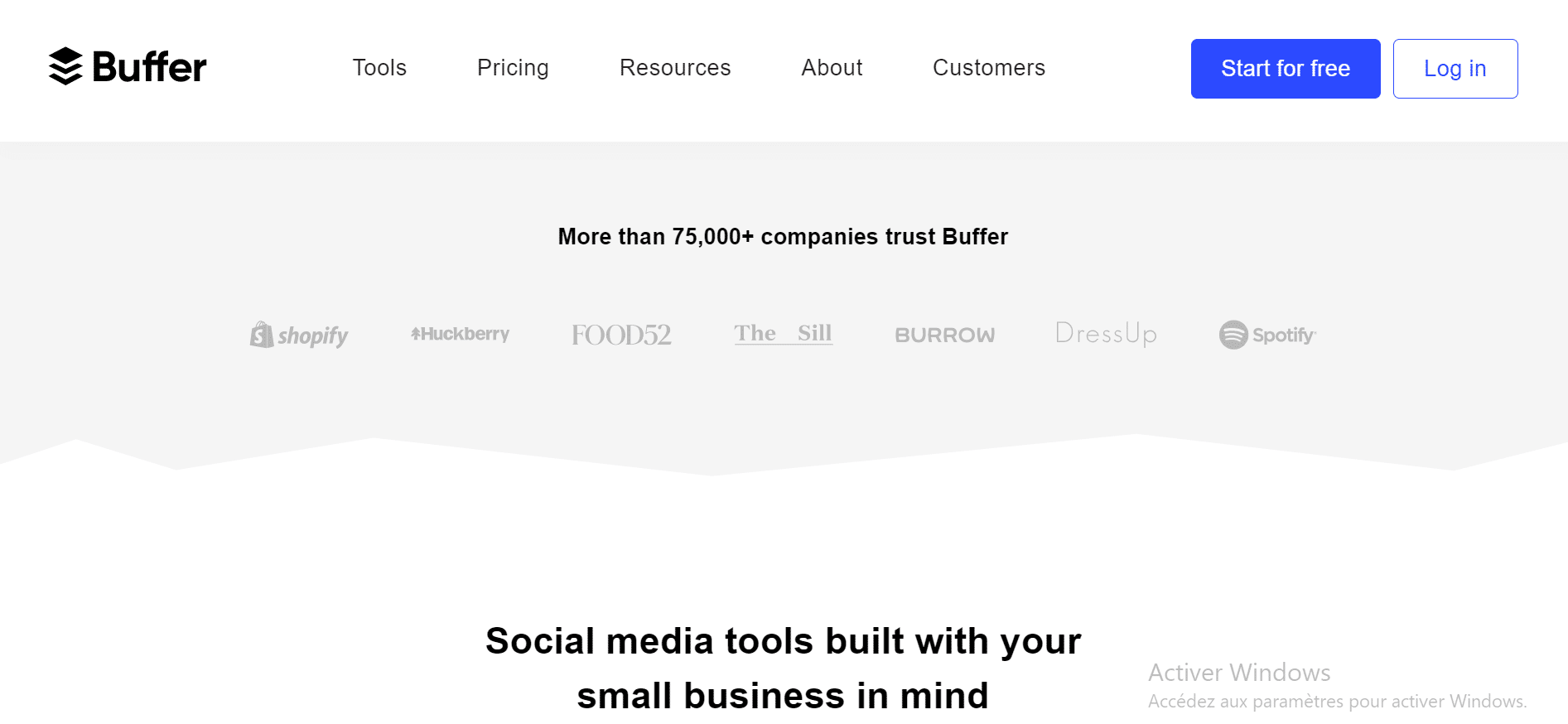
Buffer offers a composite dashboard from which you can manage all your social media platforms at once. With Buffer, you can set your schedule for particular posts and forget about them.
It will perfectly release your scheduled update at the exact time and platform you set. You can queue a number of updates on Buffer and it will keep posting your content automatically at the appointed time and date.
Plus, you can create Instagram content on your desktop or smartphone and schedule reminders via Buffer to post your photos to Instagram at the perfect time, i.e., when most of your Instagram followers are online. based on their following/interaction history.
5.8. HubSpot
This tool makes it easy to track and analyze every activity and trend on social media platforms. It has an engaged contact feature to track leads. It also displays FB posts and Tweets which can help you evaluate your marketing campaigns.
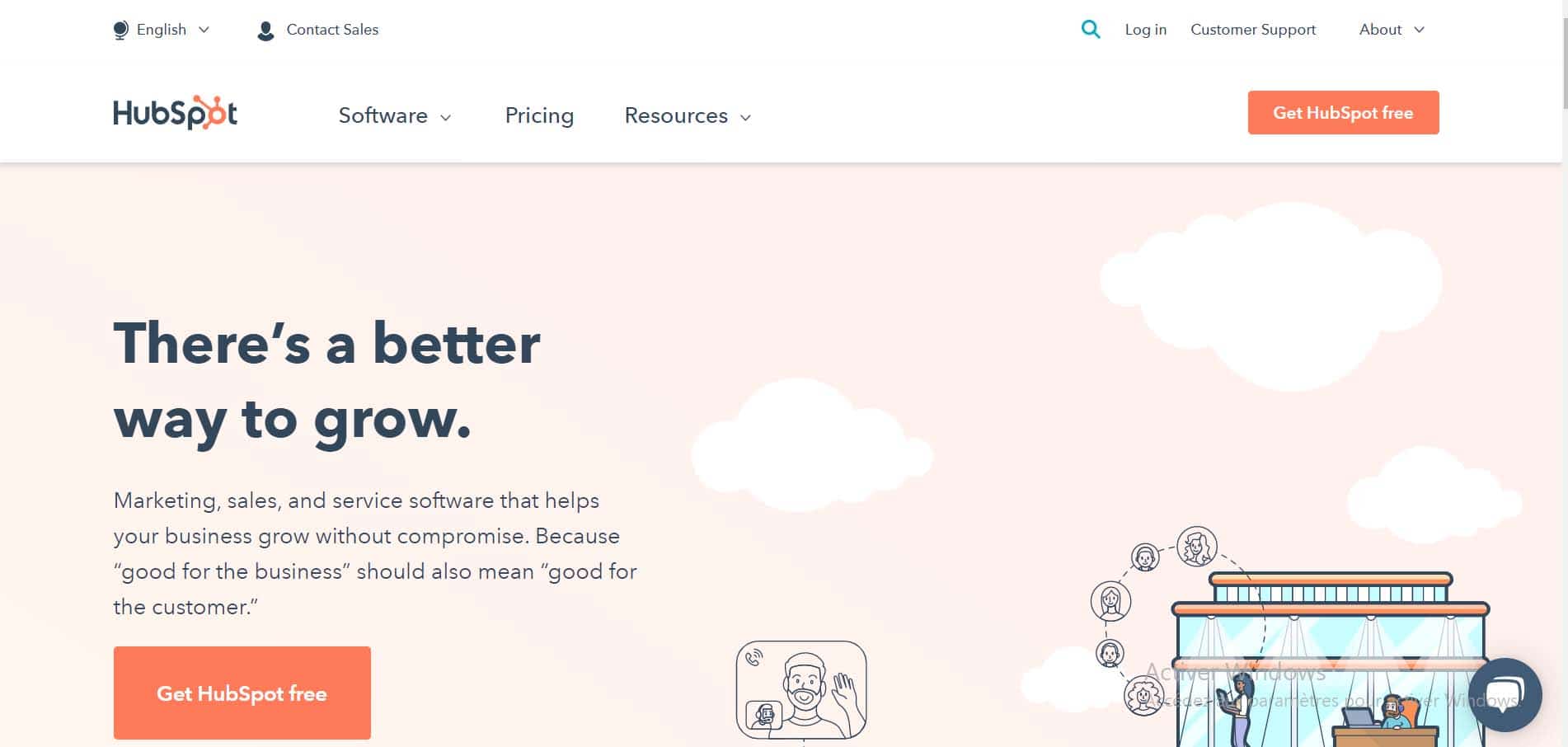
You can post content to all platforms from one place and you can also schedule your posts to get suggestions for the day and time to publish posts.
5.9. Mailchimp
Use Mailchimp to make your email marketing and newsletter service more efficient. It sends around four billion emails every month and can handle various email issues as well. This tool will help you target email marketing campaigns based on your business needs.

Mailchimp offers flexible designs that you can use to customize your campaigns, and its automation feature will send emails to targeted inboxes on a timed basis.
Its advanced analytics and reporting feature will keep you updated on the success of your marketing campaigns.
5.10. Canva
Visual content could be more interactive than words and for this reason it plays an important role in Social Media Optimization (SMO). For creative visual content, you can take help from Canva which offers templates for creating visual content.
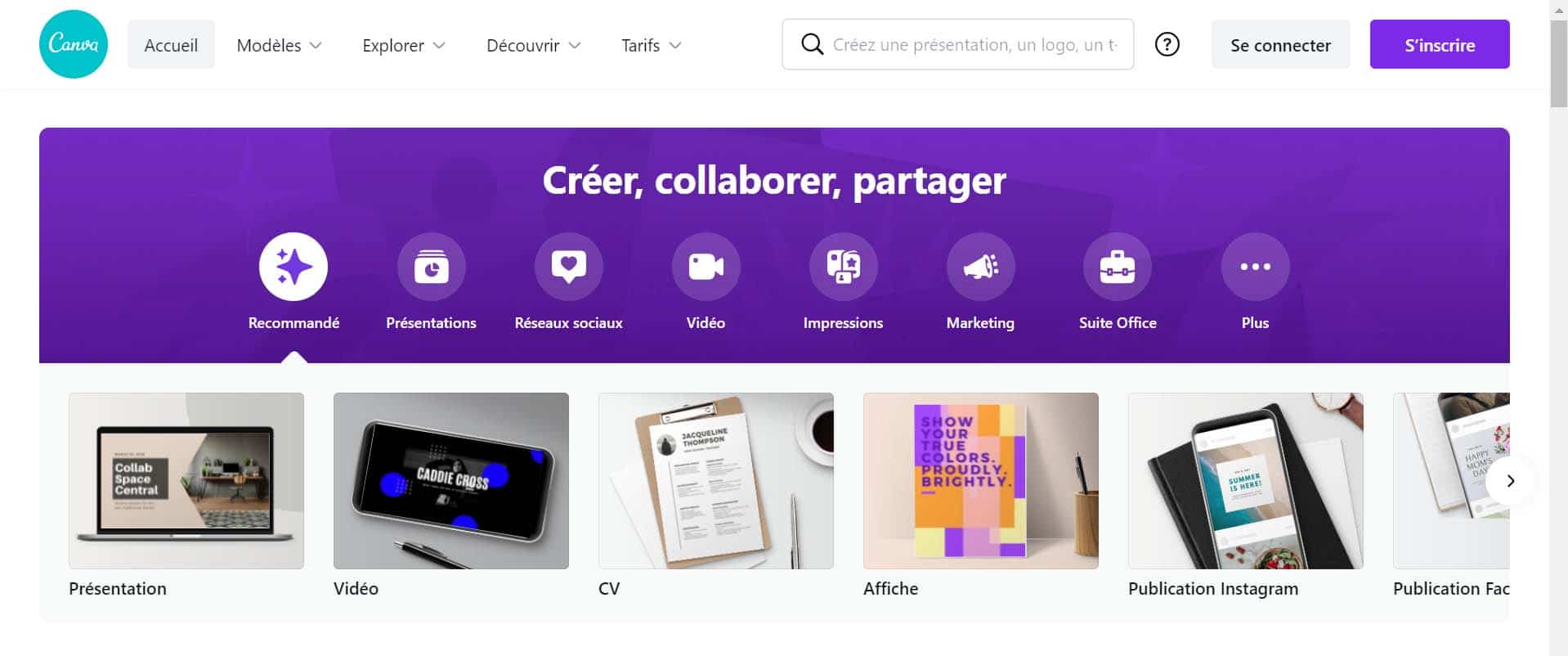
These templates come with pre-made dimensions that make creating content hassle-free. Most of the images are available for free, but some cost around $1.
With Canva, you can create a presentation with amazing clarity and also design social media graphics with attractive layouts.
5.11. Feedly
This tool helps find and save content. For your social media optimization, it is necessary that you share your content with others.
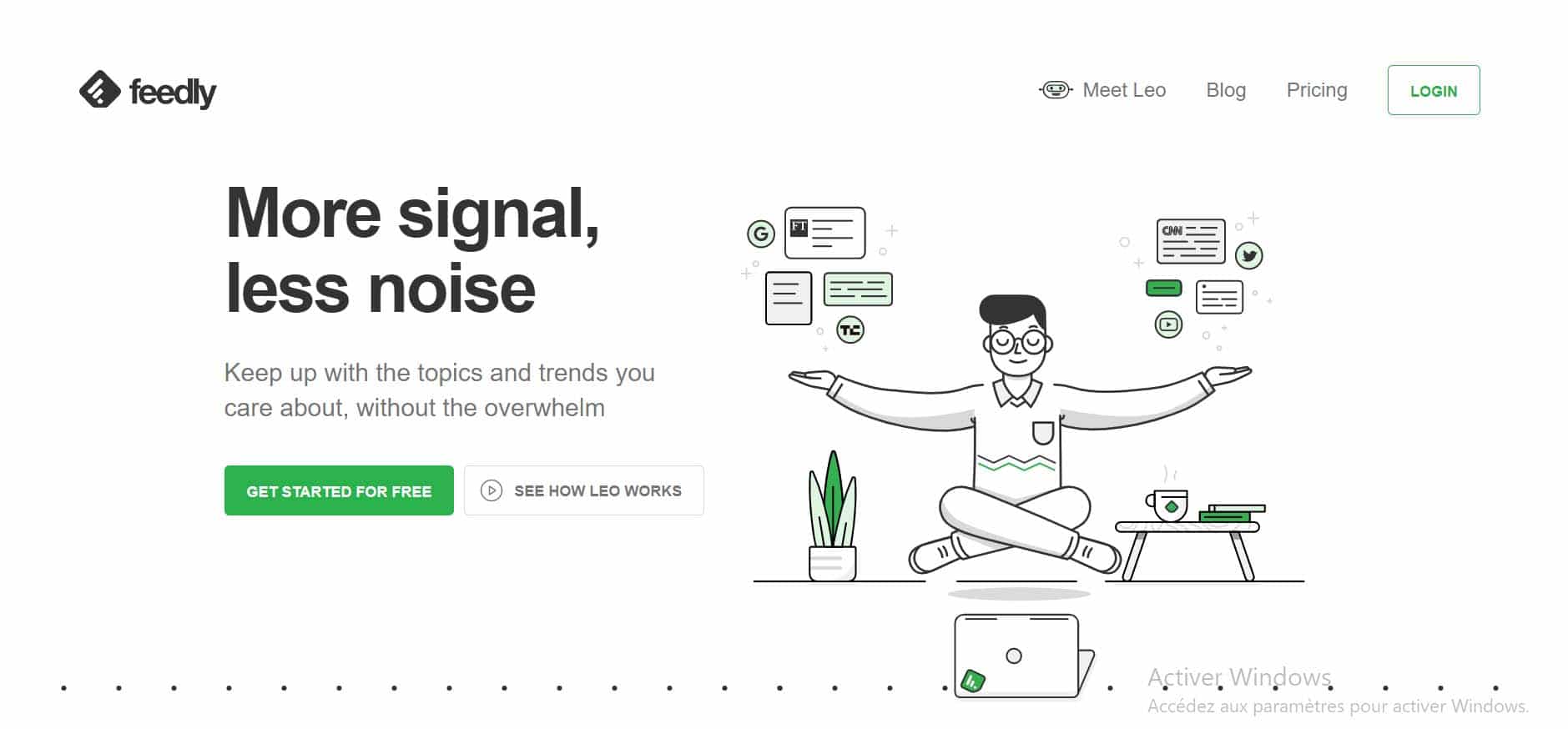
There are a multitude of blogs and sites capable not only of providing you with content that may interest you, but also of allowing you to share your own content. Feedly can help you find these sites and also save useful content. It features excellent cross-browser compatibility and works well on mobile platforms as well.
5.12. Google Analytics
Google Analytics is a free tool that tracks site performance and gives comprehensive information about visits, visitors, source of visitors, and time spent by each visitor on sites…
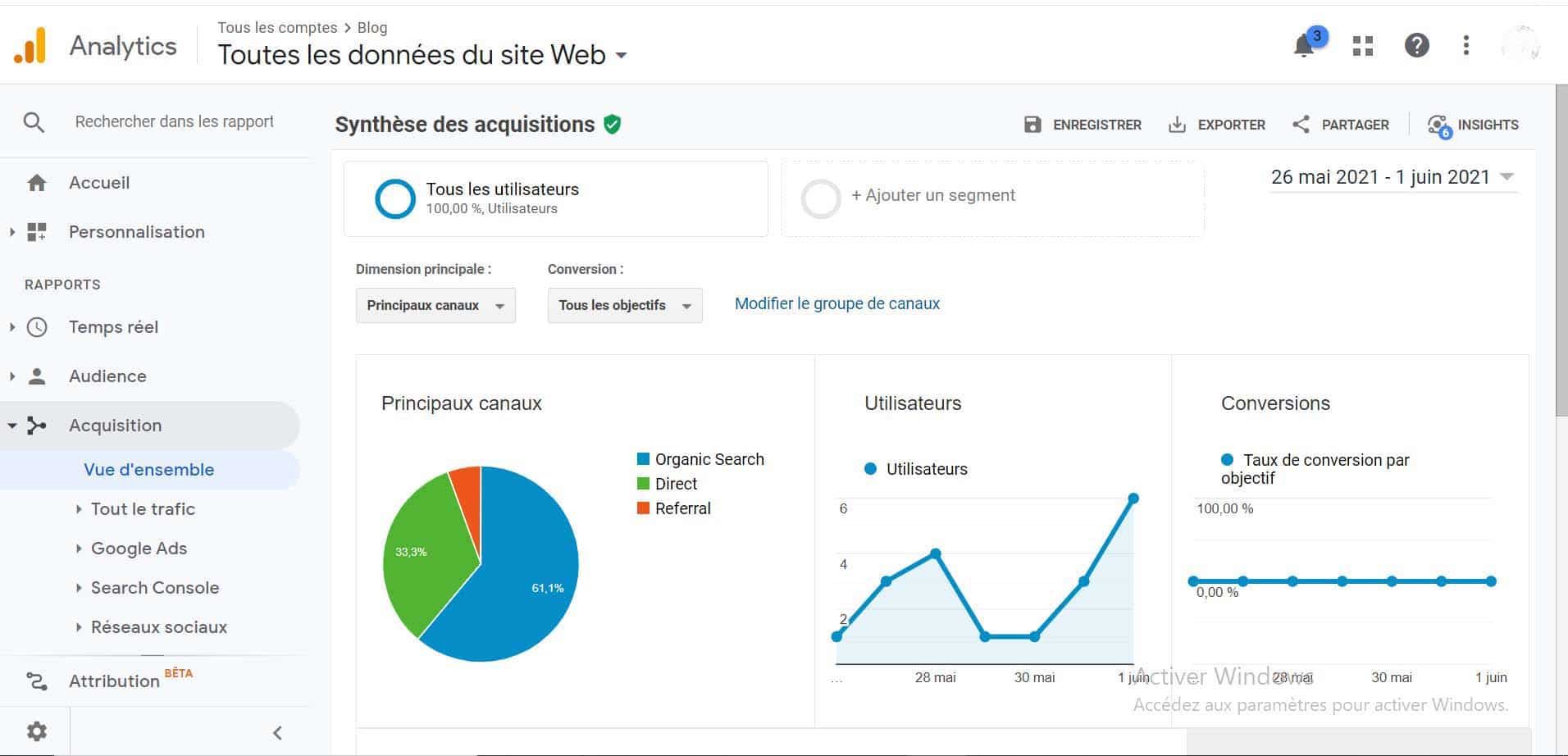
This data helps generate leads from the hits. With Google Analytics, you can keep an eye on the traffic coming from your social media campaigns and determine the success rate of the campaigns.
5.13. Facebook Insights
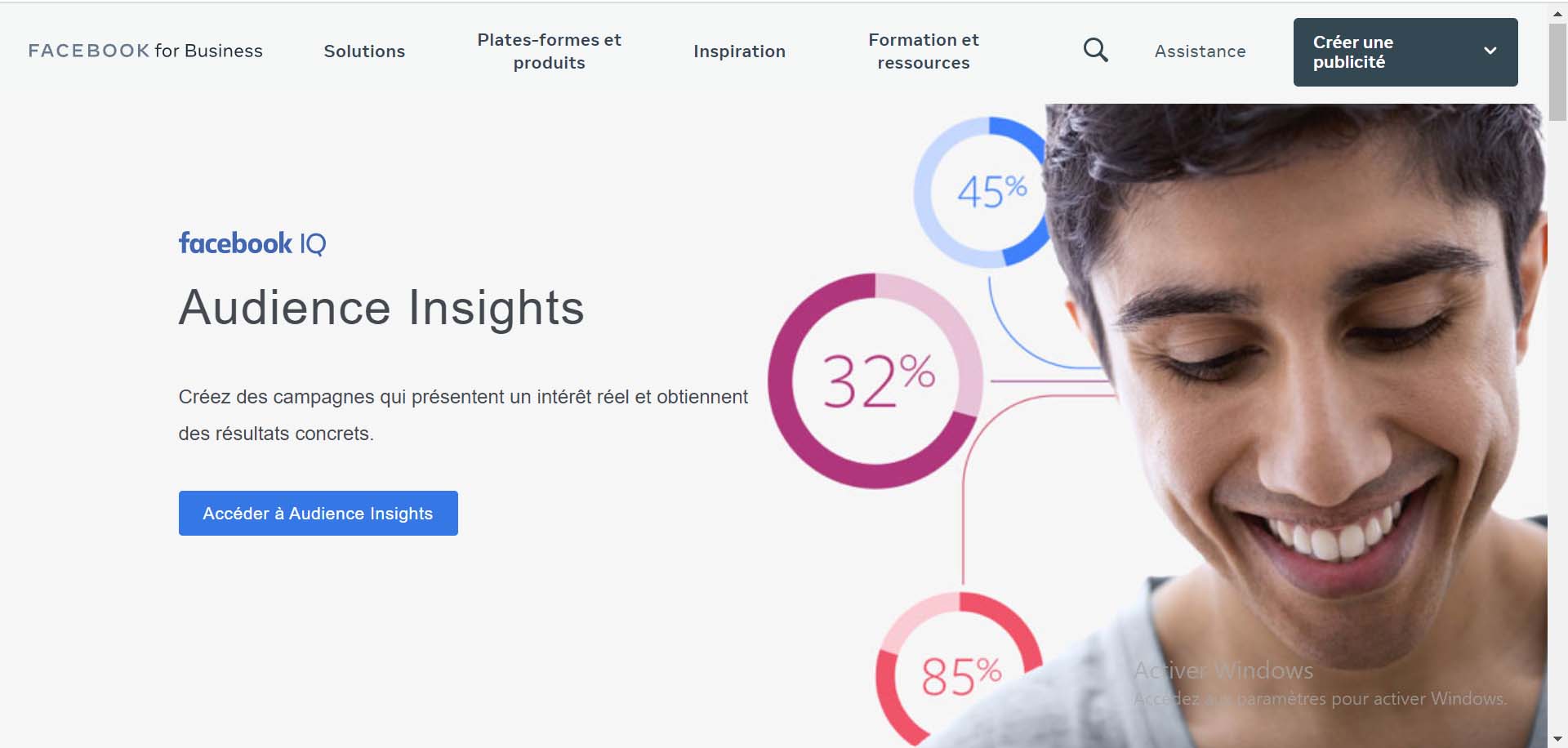
This tool allows you to have precise and concrete information about your audience in order to be able to make well-targeted advertisements. After the different campaigns, you have several statistics that tell you about your potential customers. This will allow you to improve your next content and adapt it.
Now, let’s look at some practices to avoid when doing SMO.
Chapter 6: Some Common Mistakes in Social Media Optimization (SMO)
In this chapter, I’ll give you an overview of common mistakes in SMO and how your business can avoid them to get the results you want.
6.1. Start without a strategy
- What are your business goals in terms of social media presence? Who is your target audience?
- Which social media platforms are right for your business?
- Will you use an internal team or an external social media agency for your campaigns?
- What are the appropriate metrics to assess your performance?
All of the above questions need to be answered with a good, well-designed strategy that will guide your company’s social media activities in order to achieve your various set goals. Without strategic planning for social media, your campaigns will eventually fail.
6.2. Not Monitoring Your Social Media Properly
You shouldn’t shy away from negative comments and reviews, as these are opportunities to fine-tune your business’ performance and provide advice on how to improve your products and services to satisfy your target customers.
Corporate social media accounts are effective channels for customer service, improving brand reputation and overall business performance.
Indeed, they offer a direct communication option with a personal touch to increase customer trust and turn negative impressions into a long-term relationship with your current customers.
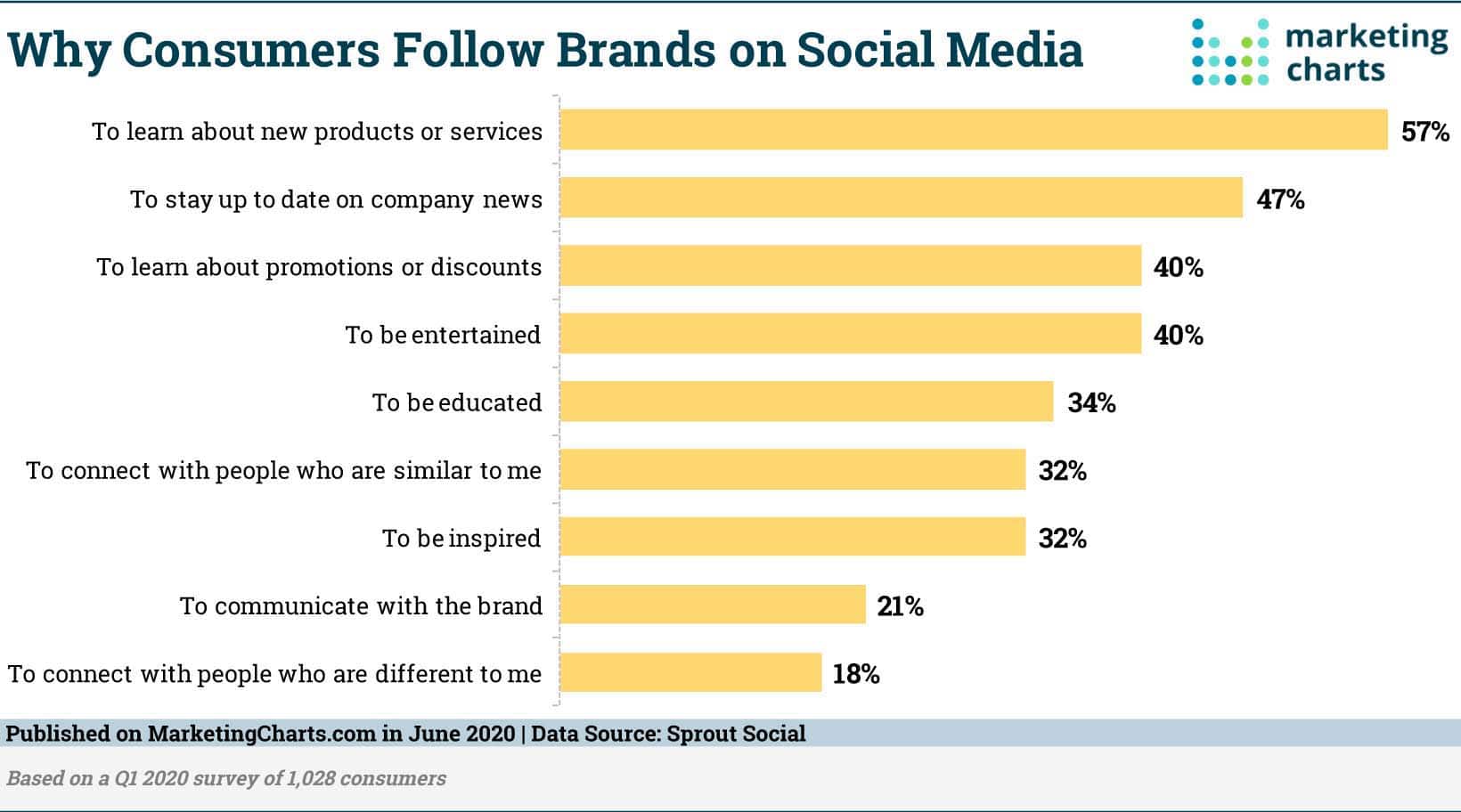
Source : Marketingcharts
The people responsible for managing your company’s social media channels should be professional in all aspects. It is important to take the time to listen to customers and respond quickly and professionally to messages, comments and criticisms, whether positive or negative.
Many companies make the mistake of ignoring, suppressing, delaying responses, or responding unprofessionally to customer and subscriber inquiries, complaints, and reviews.
5.3. Focus on ‘promotion’ rather than ‘social’ Social
media optimization is only effective when you add ongoing value to earn the trust of your customers to prefer your company’s products over compared to available alternatives.
Promotional content should be limited on your corporate social media accounts or audiences will lose interest in your content. You must follow the “20% – 80%” rule which corresponds to only one promotional message out of five messages published on your company accounts.
The more valuable content you post, the more trust and interest your business will gain from a targeted audience (current and potential customers). This will have a huge impact on achieving your business goals on social media.
5. 4. Common Content Marketing Mistakes
The biggest factor affecting the success of social media marketing strategies is “content”. Many mistakes are made in the creation and distribution of content on social media, including:
- Publishing content without a predefined content schedule and without consistency;
- Do not diversify the published content and stick to descriptive textual content;
- Publish and share a lot of unrelated content with your target audience on a daily basis;
- Create and share content that is inappropriate to the demographics and interests of the target audience;
- Sharing inappropriate content that offends races, genders, cultures, religions or the general public;
- Post content with numerous grammatical and spelling errors without proofreading or editing;
- Use few calls to action and lose the opportunity to increase desired conversions.
Good quality content is always better than lots of content that doesn’t add value to your community. Quality of content is more important than frequency. However, your social media marketing team needs to be successful on both levels.
Indeed, they must create on a regular basis according to a specific schedule, unique quality content. Obviously, it will take the necessary time for proofreading, editing and publication.
5.5. Focusing on Multiple Unnecessary Social Media Social
media platforms are different in many aspects regarding active user demographics, appropriate content for each platform, appropriate voice, tone, and communication options.
Facebook marketing is a more suitable marketing channel for B2C companies. This type of marketing refers to the tactics and strategies in which a company promotes its products and services to individuals: creating, advertising, and selling products that customers can use in their daily lives.
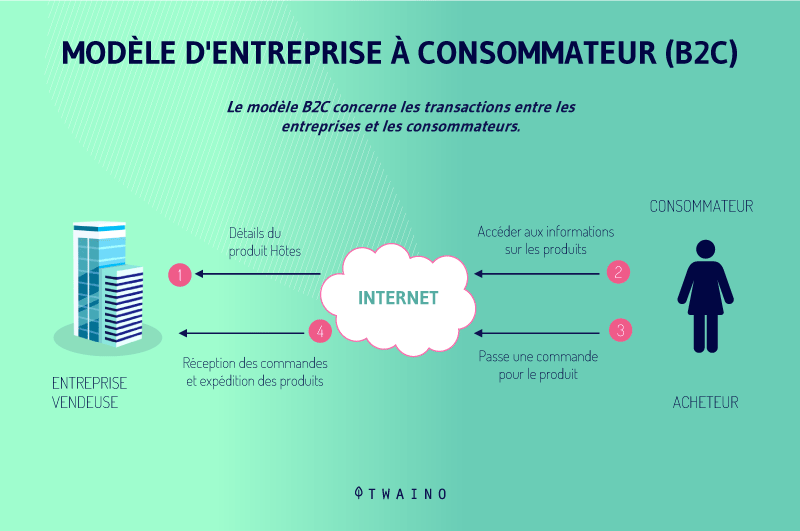
However, LinkedIn marketing is more suitable for B2B companies, as it is about a more professional platform. Working only on this platform will not be a bad idea, because you should choose only the platforms suitable for your business and targeted solutions.
Indeed, B2B companies are organizations whose activity consists in offering other companies solutions that can enable them to better develop and increase their yields.

It would be a shame to waste your company’s resources on unnecessary social media platforms.
5.6. Assess performance with metrics no big deal
Your corporate social media strategy should define appropriate performance evaluation metrics to determine whether your campaigns have achieved the desired goals.
metrics Unimportant such as the number of fans and followers on each social platform are not necessarily very relevant in evaluating the performance of the social media marketing strategy. This is data that has no commercial value to the company.
Unlike the latter, there are actionable metrics to decide whether you have achieved the desired goals or not.
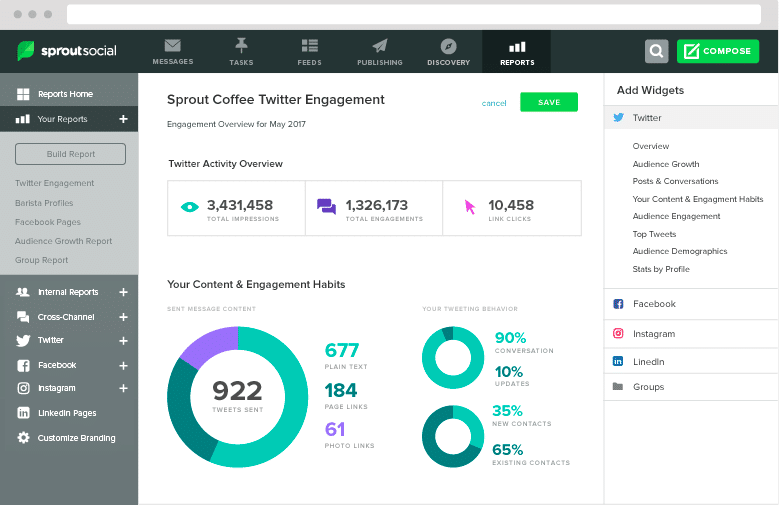
Source : blog.hubspot
These include:
- Reach metrics:
Interesting content goes viral and reaches more audiences, whether it’s subscribers to your corporate social accounts or the active public audience on social platforms. Reach metrics track post reach, post impressions.
- Engagement Metrics:
Social media is all about communication and engagement. Engagement metrics consider likes, comments, shares, number of direct messages, and number of mentions received across different social media channels.
- Audience Demographics:
Demographics allow you to have more information about the audience engaged with your business social media accounts. Details such as gender, location, and age range will help you target your next campaigns well.
- Conversion Metrics:
Information about leads generated through social media marketing campaigns is one of the important metrics. Indeed, if there are leads generated, the more the form of campaign used is adapted to make the desired conversions.
Basically, always consider the right metrics to evaluate your strategy.
6.7. Choosing an incompetent social media agency or in-house marketing team
After choosing the appropriate social media platforms for marketing your business, you must then decide (if you don’t have the skill or time) to rely on a internal marketing team. You can also seek professional help from an experienced social media agency.
A huge mistake is to rely on an incompetent team or agency to manage your company’s social media presence with insufficient resources for social media marketing.
Your internal team should be made up of:
- Qualified writers;
- Creative graphic designers;
- Social media moderation professionals;
- Advertising specialists with allocated resources.
If you choose to hire an external social media agency, you should focus on choosing the agency based on:
- Their successful social media marketing experience;
- Its cost-effective customized solutions tailored to your business objectives;
- Its allocated budget.
6.8. Believing that social media is free
Today, we all know that it is totally free to create an account or a page on platforms like Facebook or Instagram. That doesn’t mean you won’t have to spend a penny to complete your SMO strategy, though.
In addition, you should know that optimizing your social networks is a project that will require you a lot of time in addition to money for the various campaigns.
The time you will invest will be in:
- Researching your audience;
- Creating the right kind of content;
- Constant efforts;
- Optimization of your advertising campaigns.
Regarding the money you will have to spend, it is useful to specify that this can vary depending on the results you want to have.
Chapter 7: Other Questions Asked About Social Media Optimization
7.1. What is Social Media Optimization (SMO) and what is its purpose?
Social media optimization is a digital marketing method that aims to make your social media platforms attractive enough to drive traffic to your website.
In other words, SMO refers to the set of techniques used to optimize a website and its content in terms of sharing on social networks.
7.2. What is the difference between SMO and SEO?
First, SEO means search engine optimization, while SMO stands for social media optimization.
While SEO primarily focuses on improving your website’s ranking and its ability to attract visitors through search engines, SMO instead focuses on traffic through social media platforms.
SEO and SMO both operate in different spheres, but they impact each other. The main priority of SEO and SMO is to bring traffic to your site Web. So it makes sense that they work together to attract as much traffic as possible.
7.3. What makes SMO different from SMM?
The difference between these two is simple:
Recall first that SMO stands for Social Media Optimization while SMM stands for Social Media Marketing.
SMO refers to changes on a page within your website, while SMM refers to activities occurring outside your website (or other channels).
7.4. Why should you practice SEO and SMO together?
The benefits of SMO can sometimes be seen more quickly than those of SEO. However, if you stop optimizing your content for social media platforms, traffic can quickly drop.
This is not the case with SEO even if it takes time before giving results. That is, if your site achieves a high position through SEO, it is less likely that traffic will drop just because of a day or two of suspension of SEO activities.
Therefore, although they have different methods of driving traffic, SEO and SMO must work in harmony to attract as many visitors to your website as possible.
7.5. How to optimize your webpage for SMO?
- Sharing buttons: Make sharing easier for users by adding sharing buttons to your content.
- Social icons: Group and display your social icons in a prominent place on your site.
- Subscription options: Bundle subscription options such as email, RSS, and newsletters.
- Shareable content: Create infographics, comprehensive guides, top tips articles, and more.
- Social Login: Use social login options to allow users to comment easily.
- Rich snippets: If you use WordPress, you can use the plugin Yoast to manage and optimize your rich snippets.
- Title tags: Optimize your title tags for sharing, especially on Twitter where there is a character limit, and include your name.
- Images: Include images that add value and most importantly add an image that can be used as a thumbnail for your content.
7.6. What are the important social media optimization skills?
- Ability to learn;
- Exceptional communication;
- Analytical skills;
- Content management;
- Strategic planning ;
- Authenticity;
- Goals oriented.
7.7. How to build a flawless SMO strategy?
- Link all your social media accounts to the website;
- Try to get a verified badge;
- Try emojis and hashtags;
- Create shareable;
- Facilitate content sharing;
- Respect the good times and the best days of publication;
- Avoid self-promotion and add value to your content;
- Reward loyal subscribers.
7.8. What are the 7 main factors that make the SMO successful?
- Reputation: Build your reputation as a trusted qualified source.
- Engagement: Encourage more engagement, sharing and reciprocity.
- Authority: Become a notable authority in your area of expertise.
- Leadership: Harness originality and creativity, be a thought leader.
- Social: Be sociable, engage in discussions and share your ideas.
- Media Platforms: Find and focus on the platforms and groups where your target audience is.
- Optimization: Improve technical aspects that aim to increase site traffic and ranking.
7.9. Which social network has the most users?
With over With 2.2 billion users worldwide, Facebook is the most widely used social network. As a result, you can find just about anyone on Facebook, as long as they have internet access.
Summary
From all of the above, it’s clear that Social Media Optimization (SMO) is a big deal for any business. This SEO technique has many benefits for your business.
However, it will be necessary to be careful to follow certain steps and take into account certain details to carry out such a project.
There are several tools that can make the job easier for the social media optimization team. However, there are mistakes not to make at the risk of seeing all your efforts reduced to nothing.
It will be a pleasure to read your impressions of this content in the comments. Thank you and see you soon !

